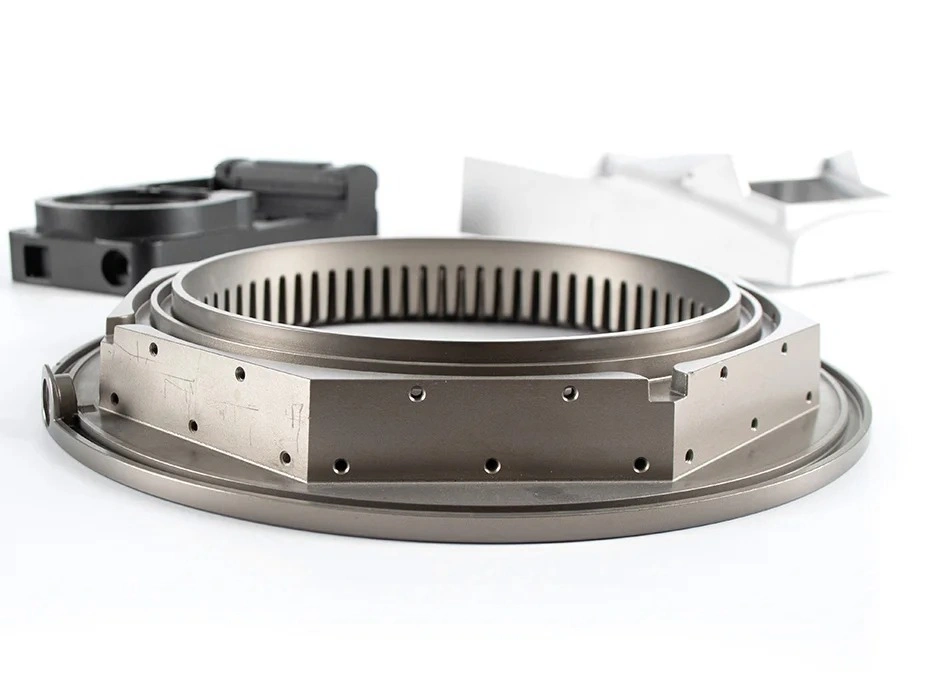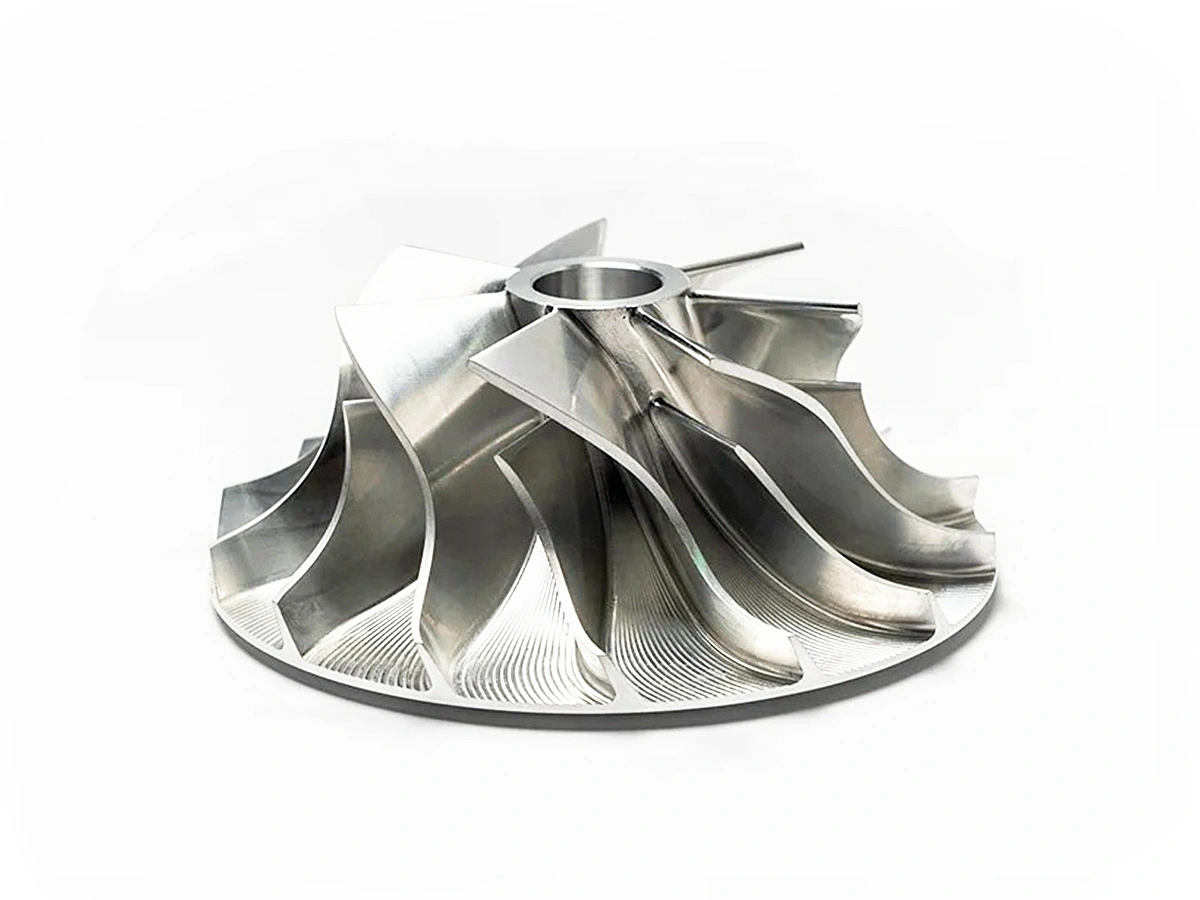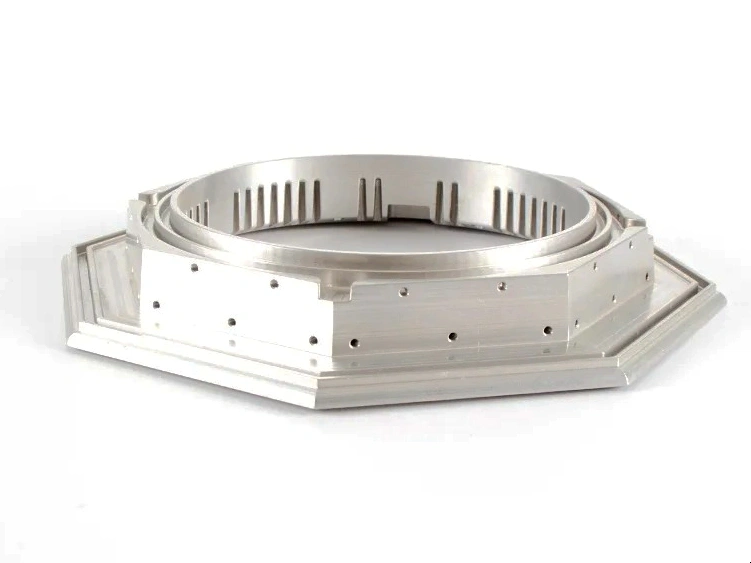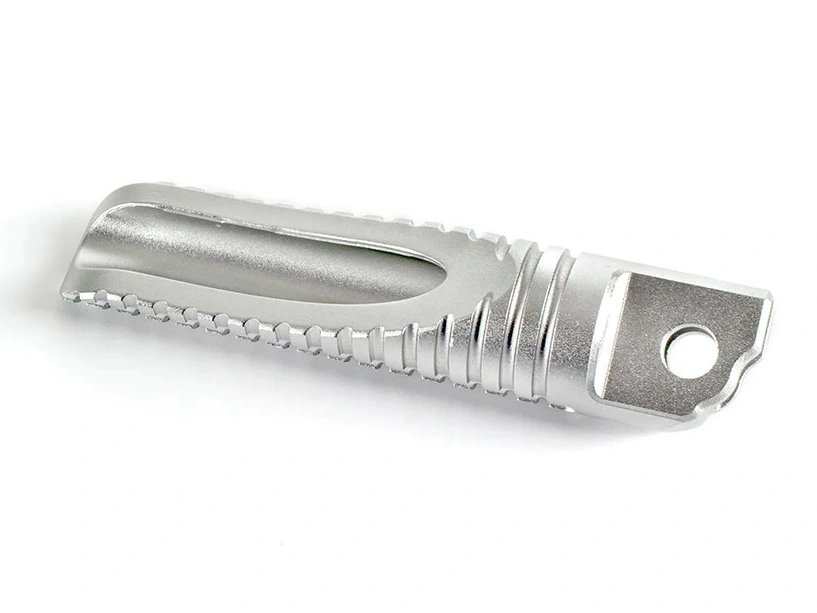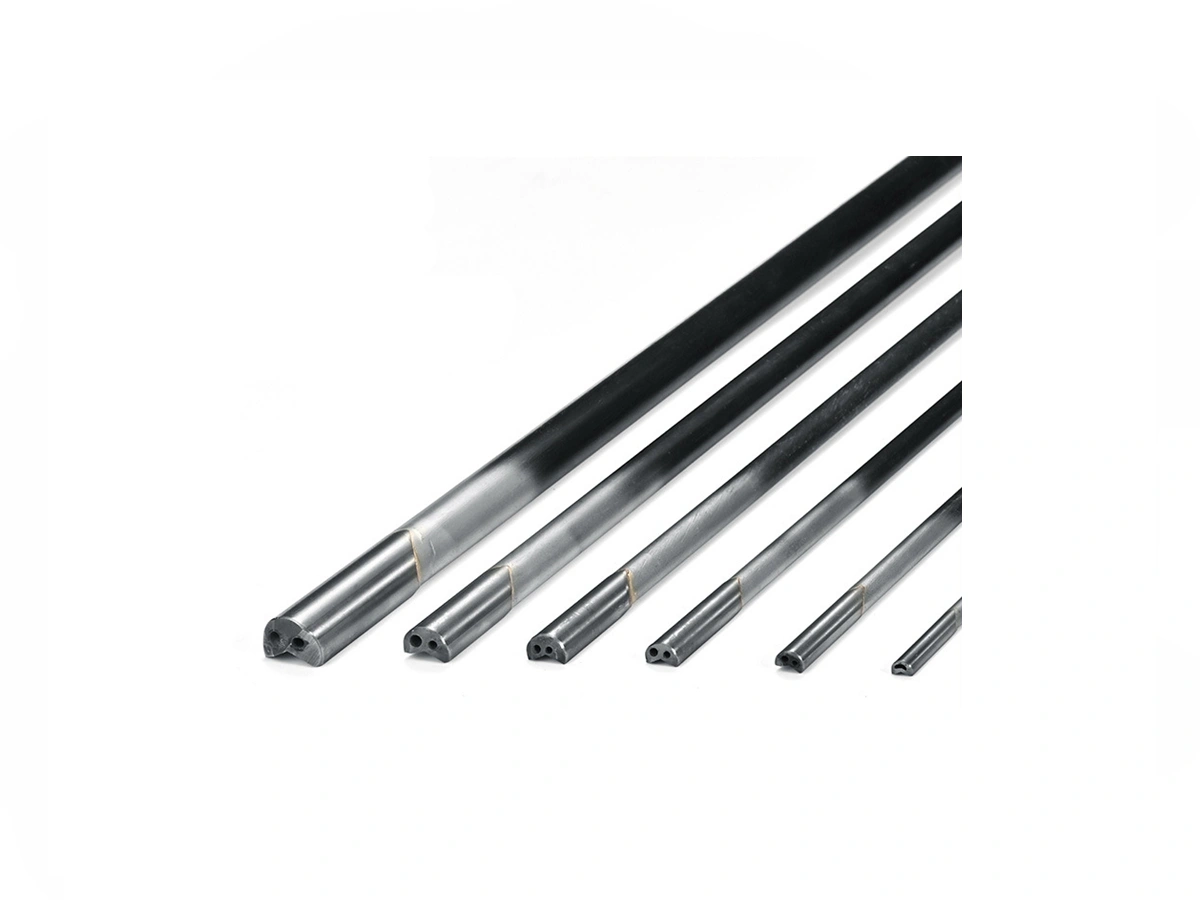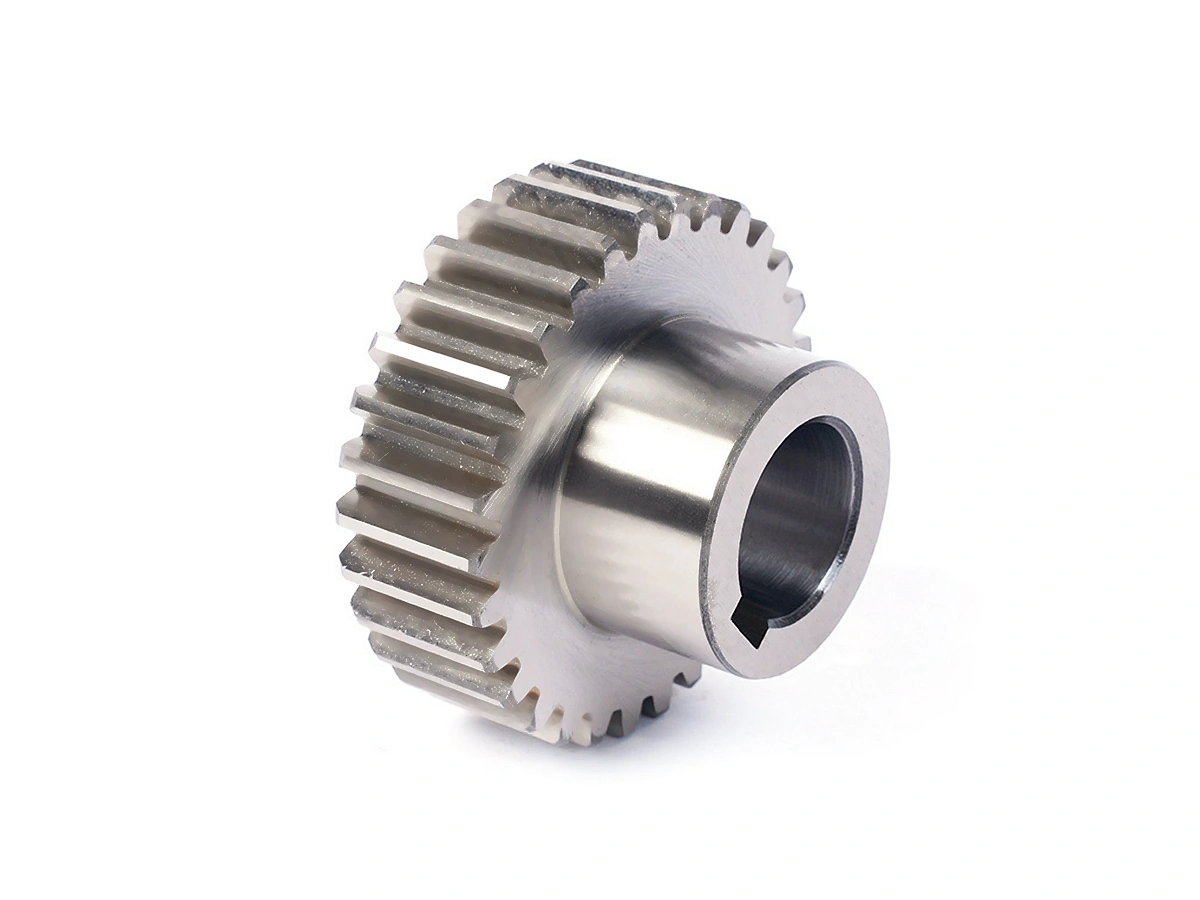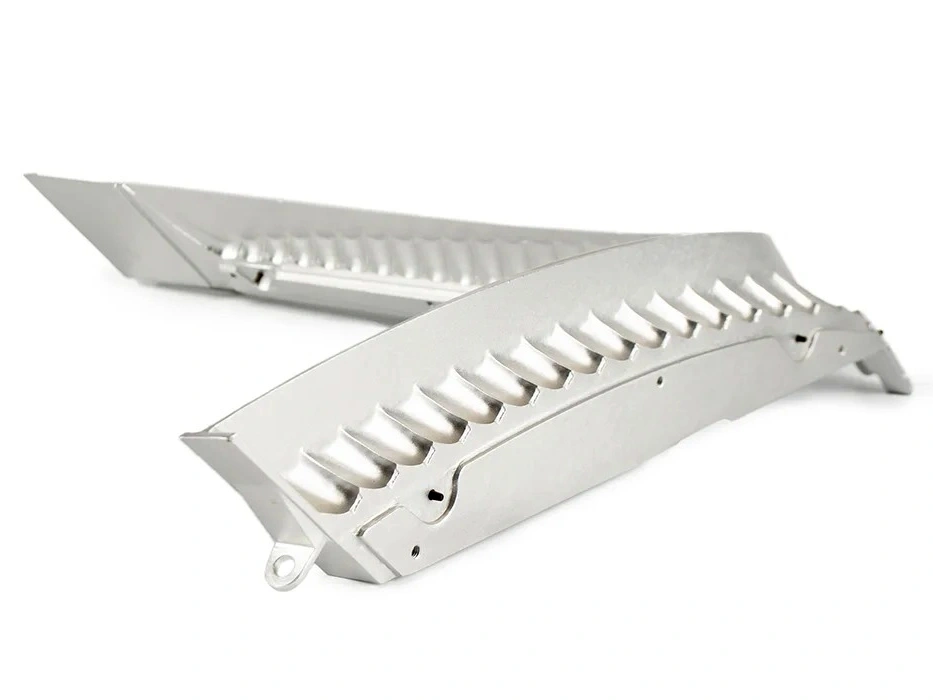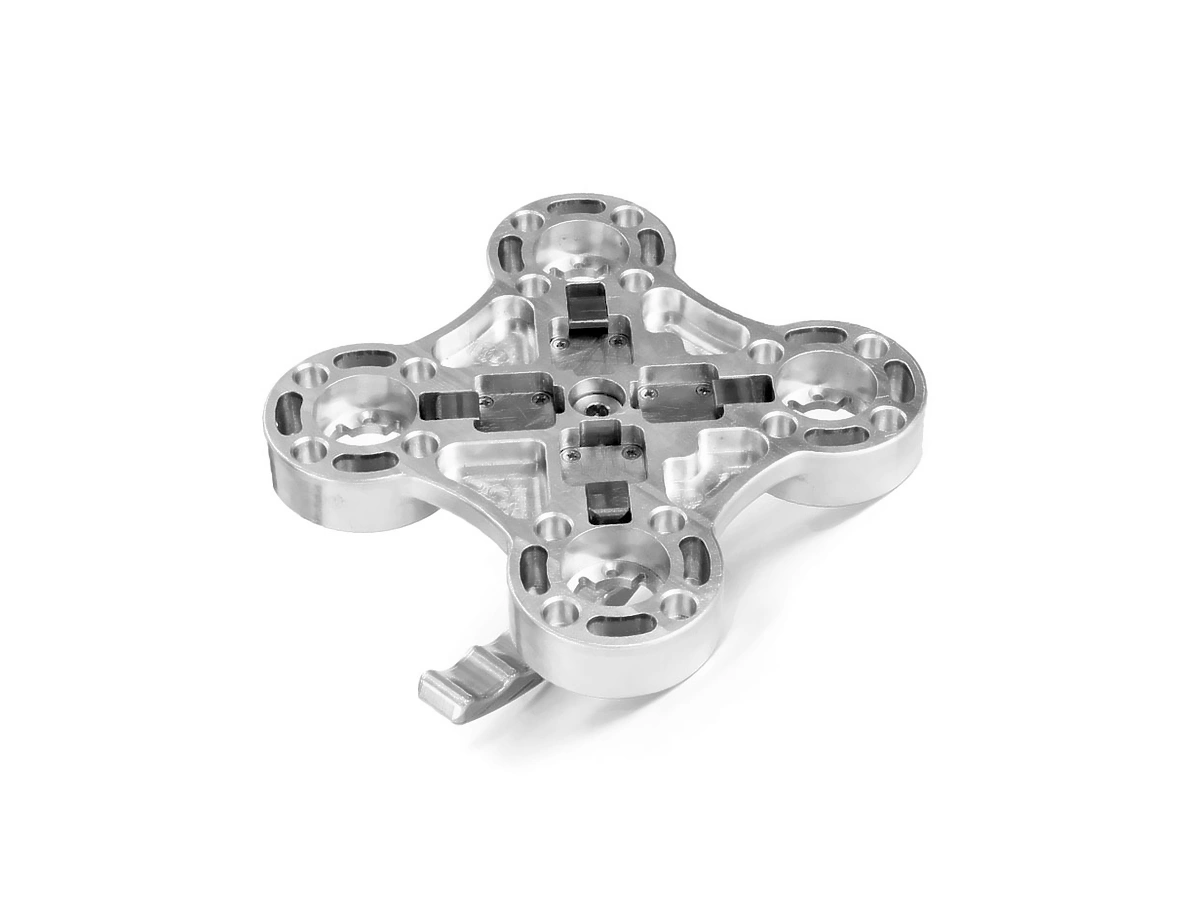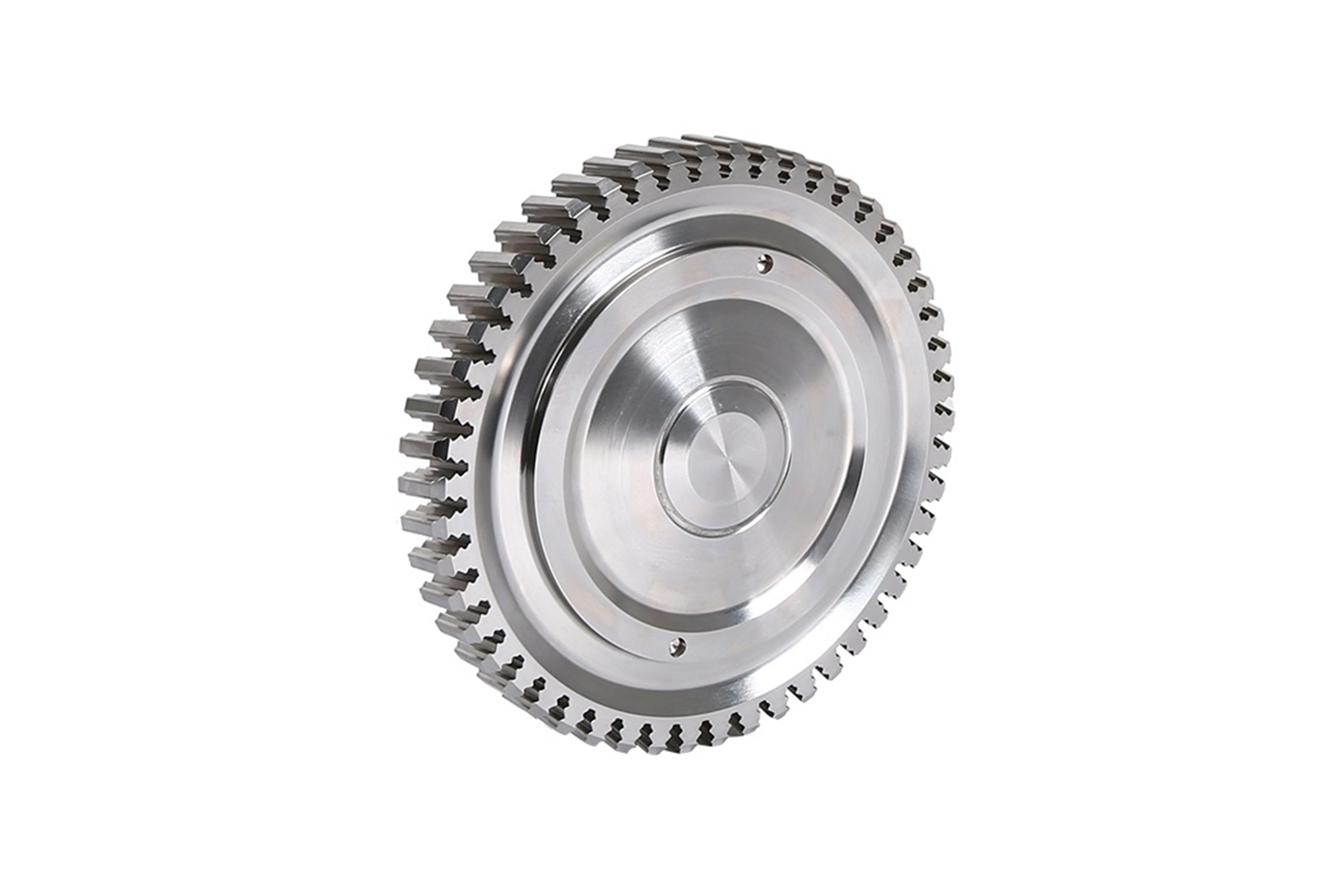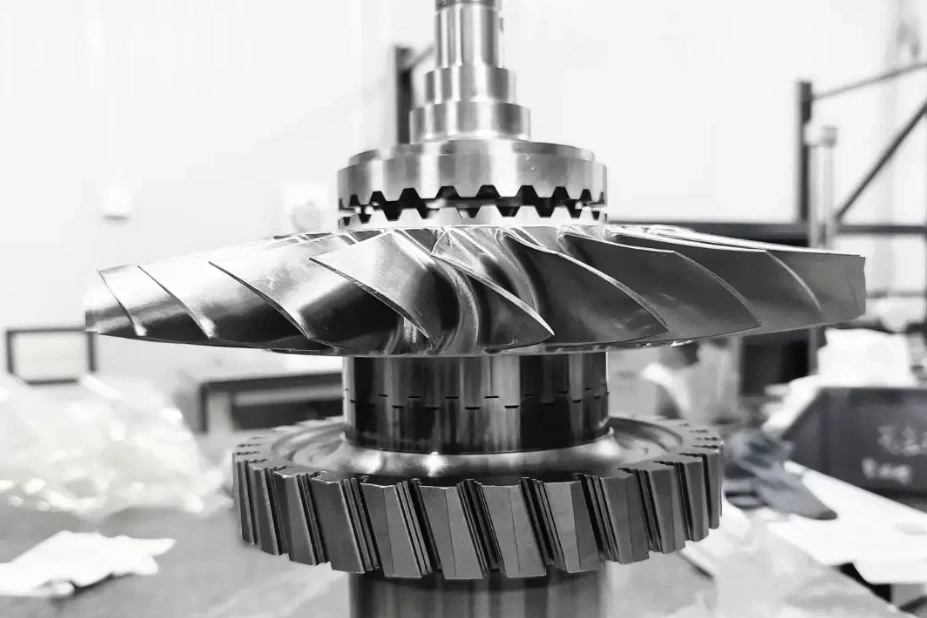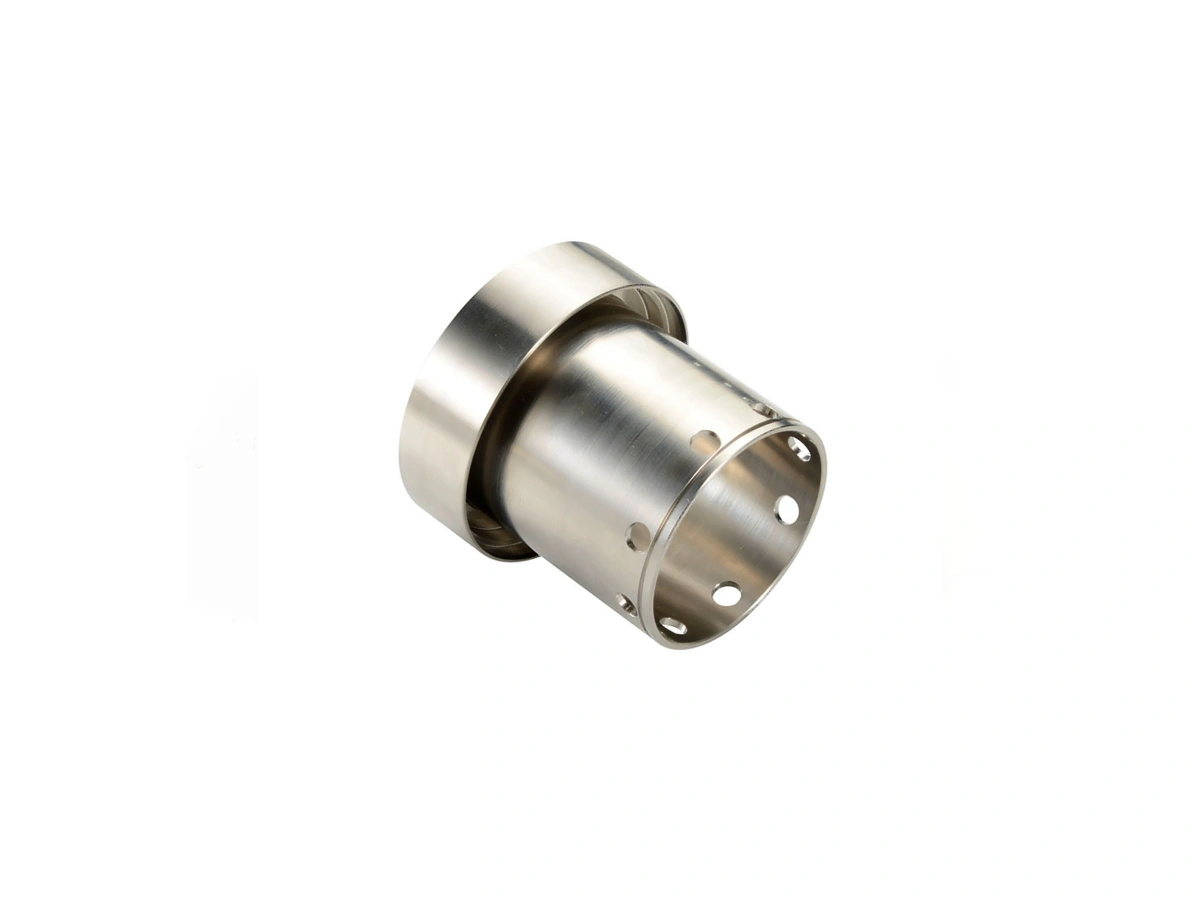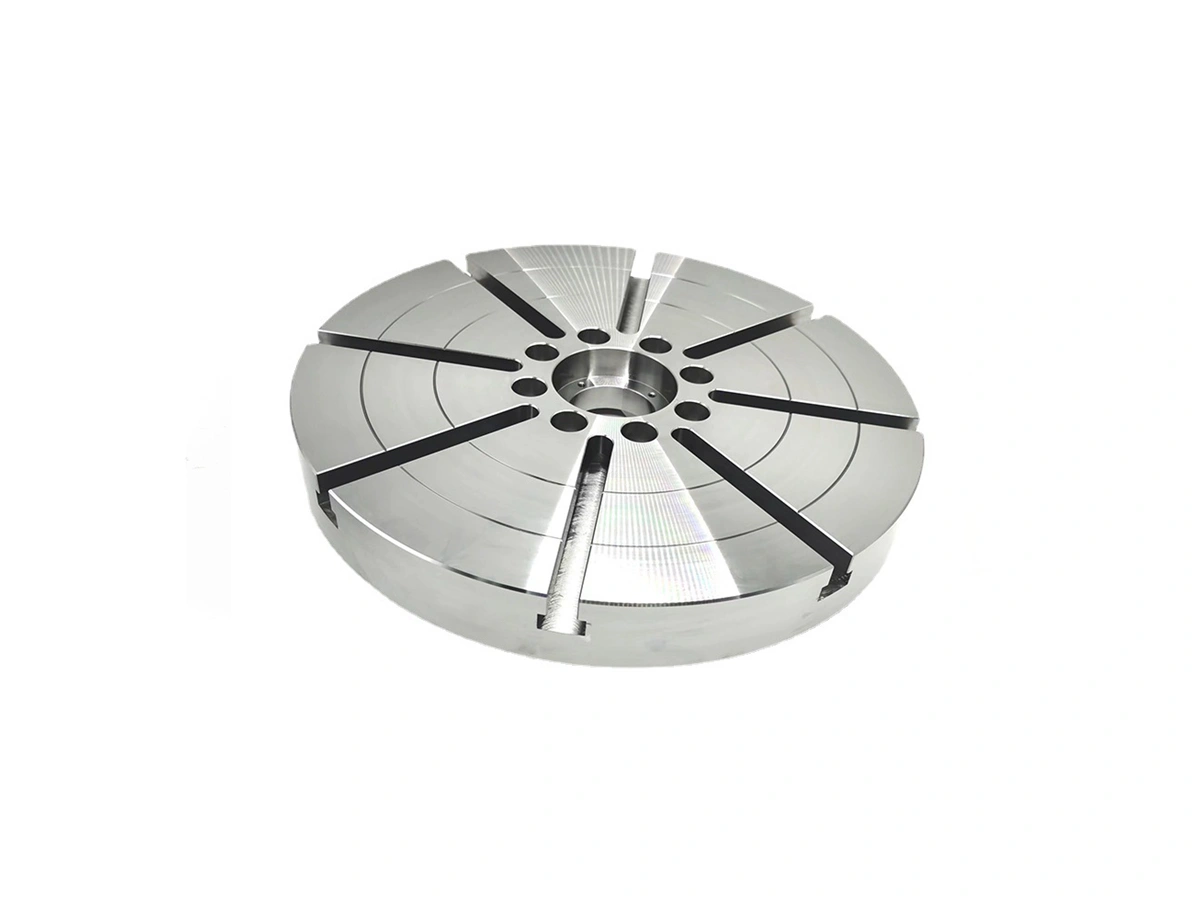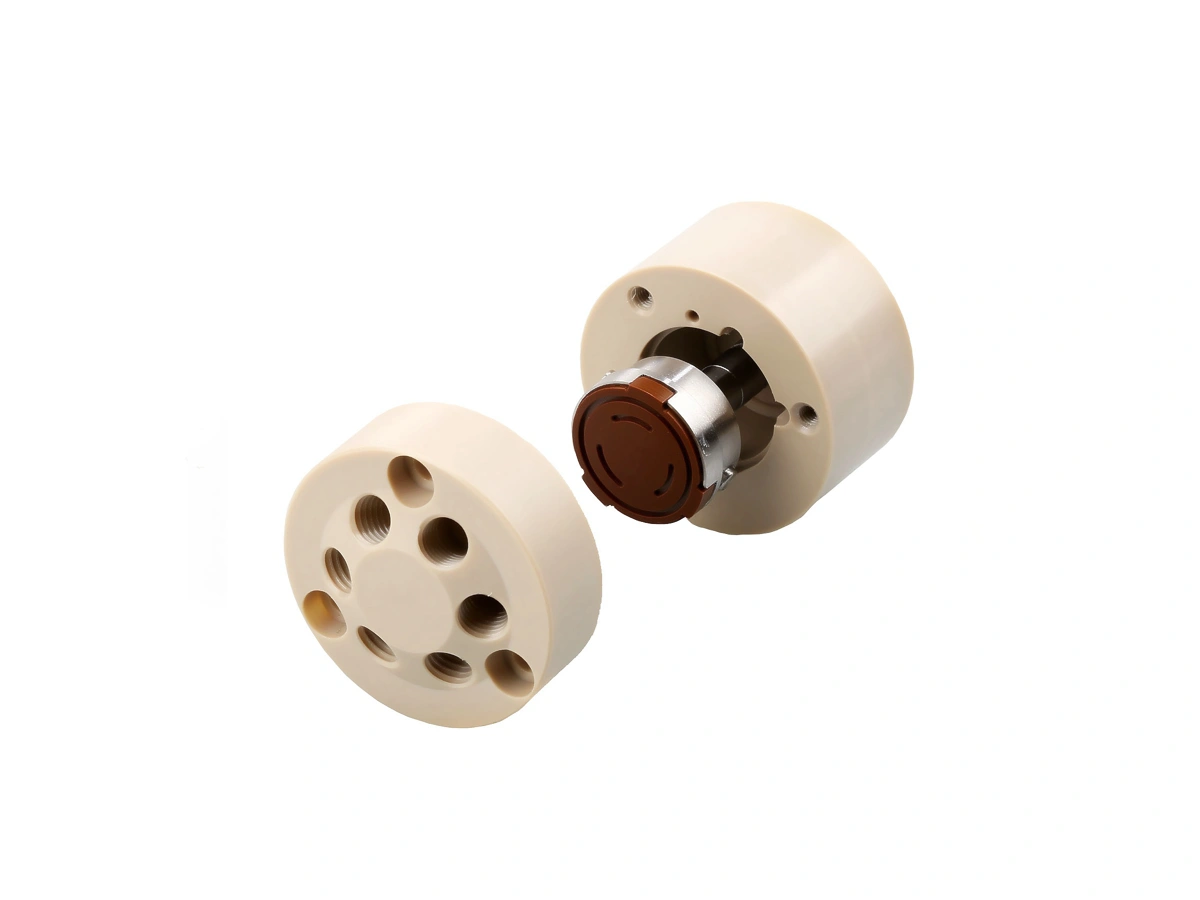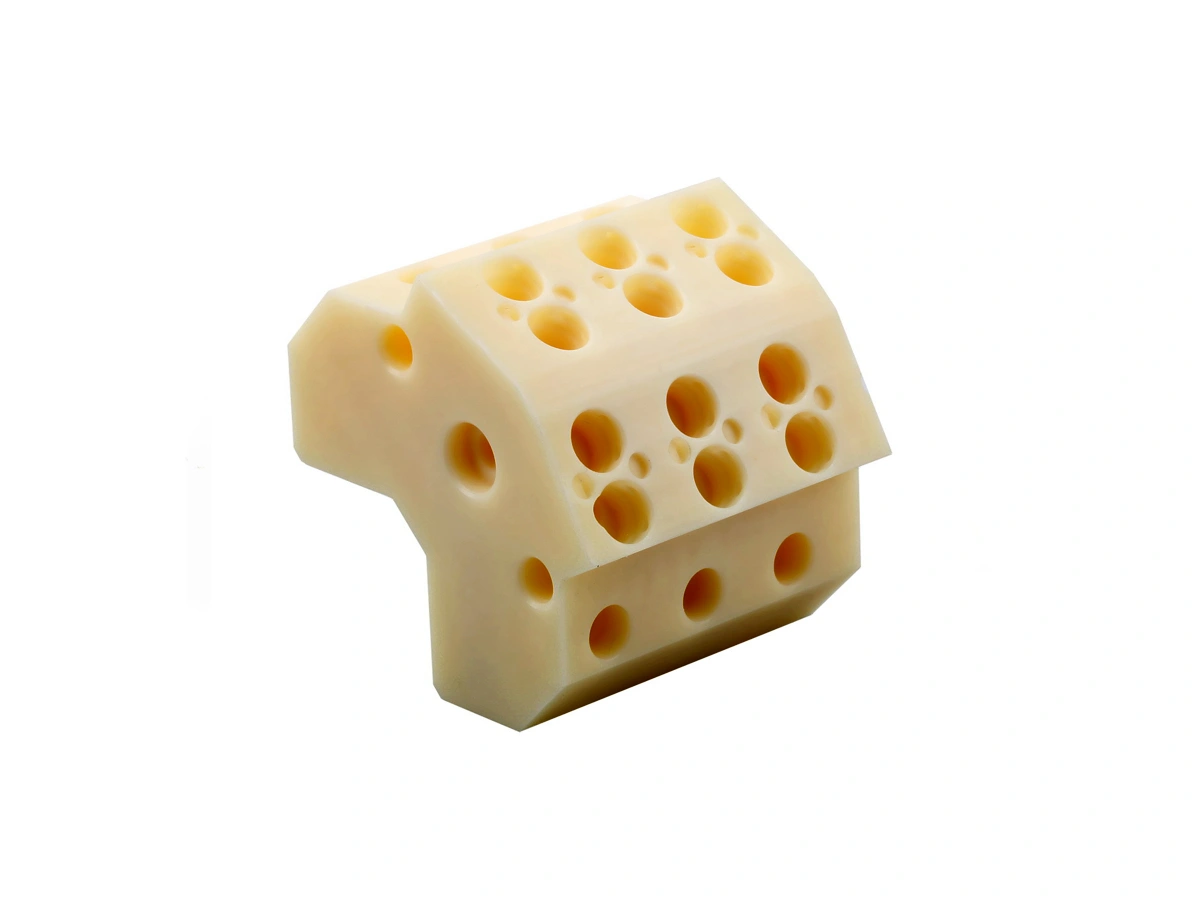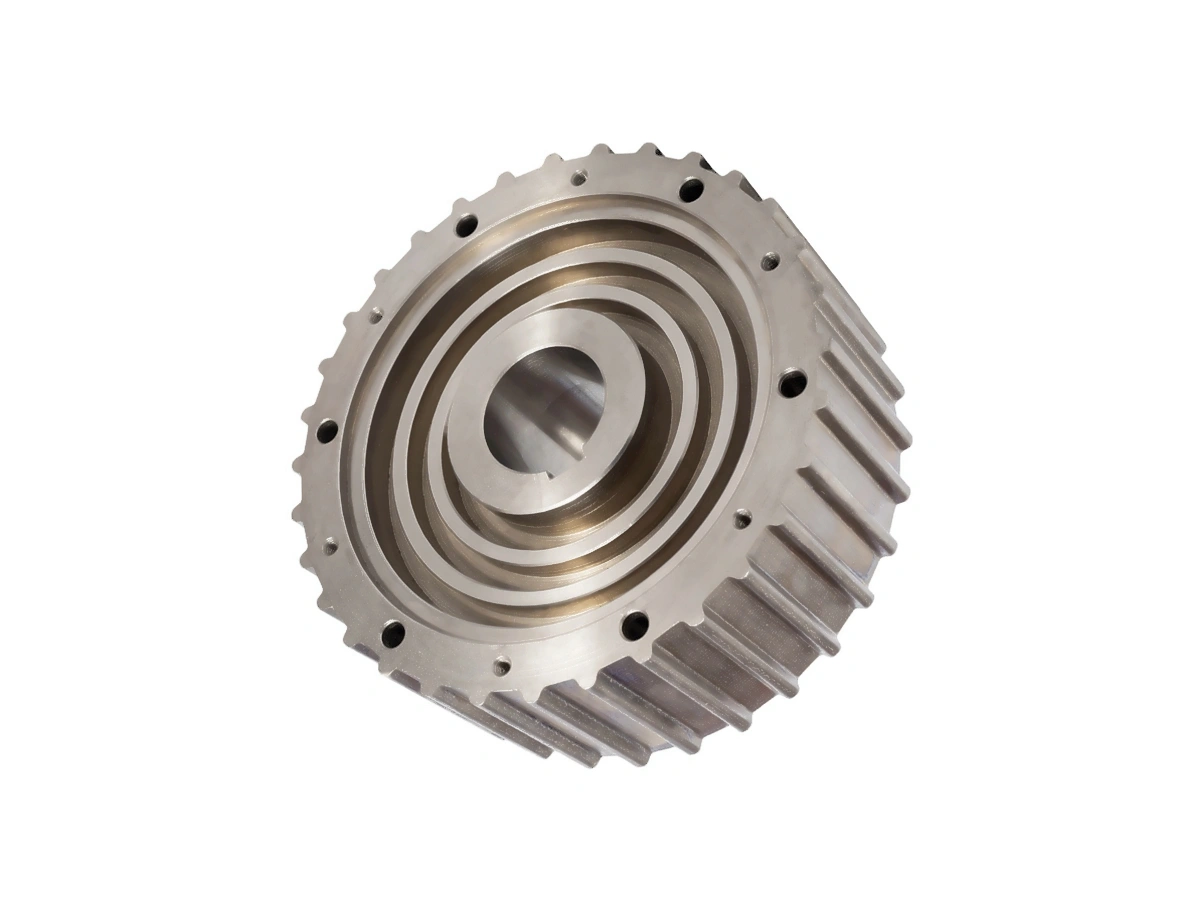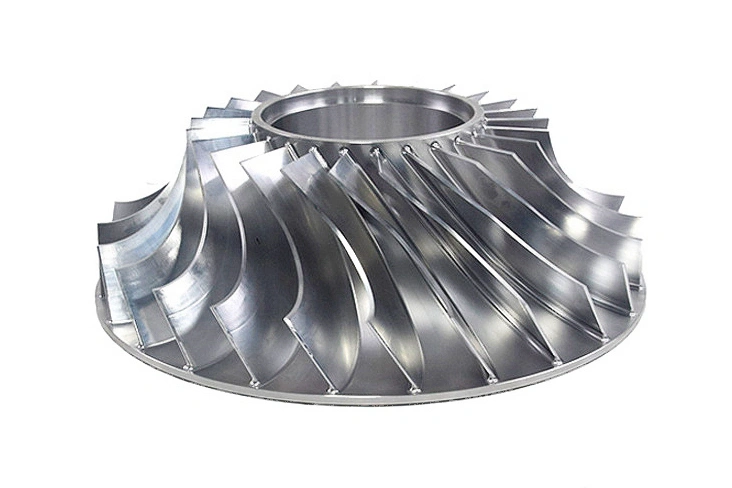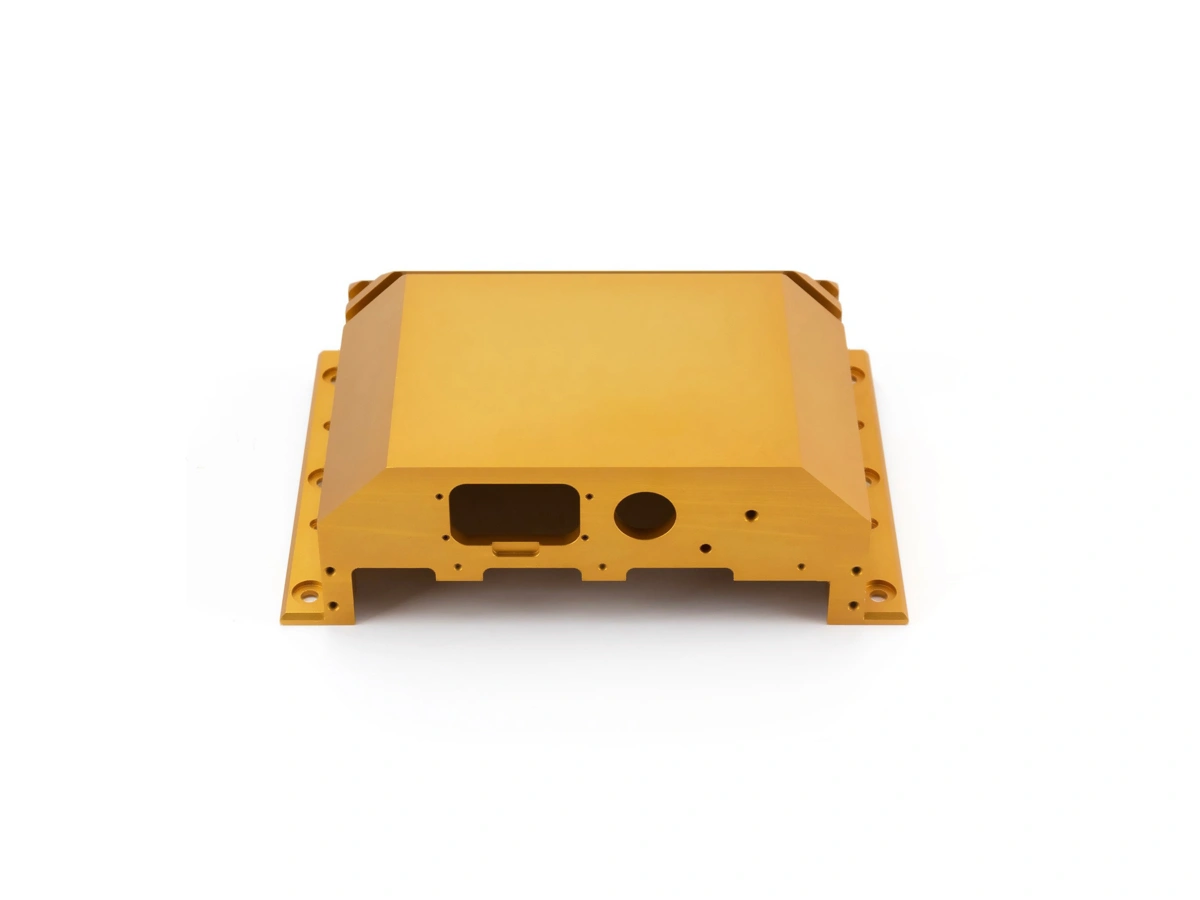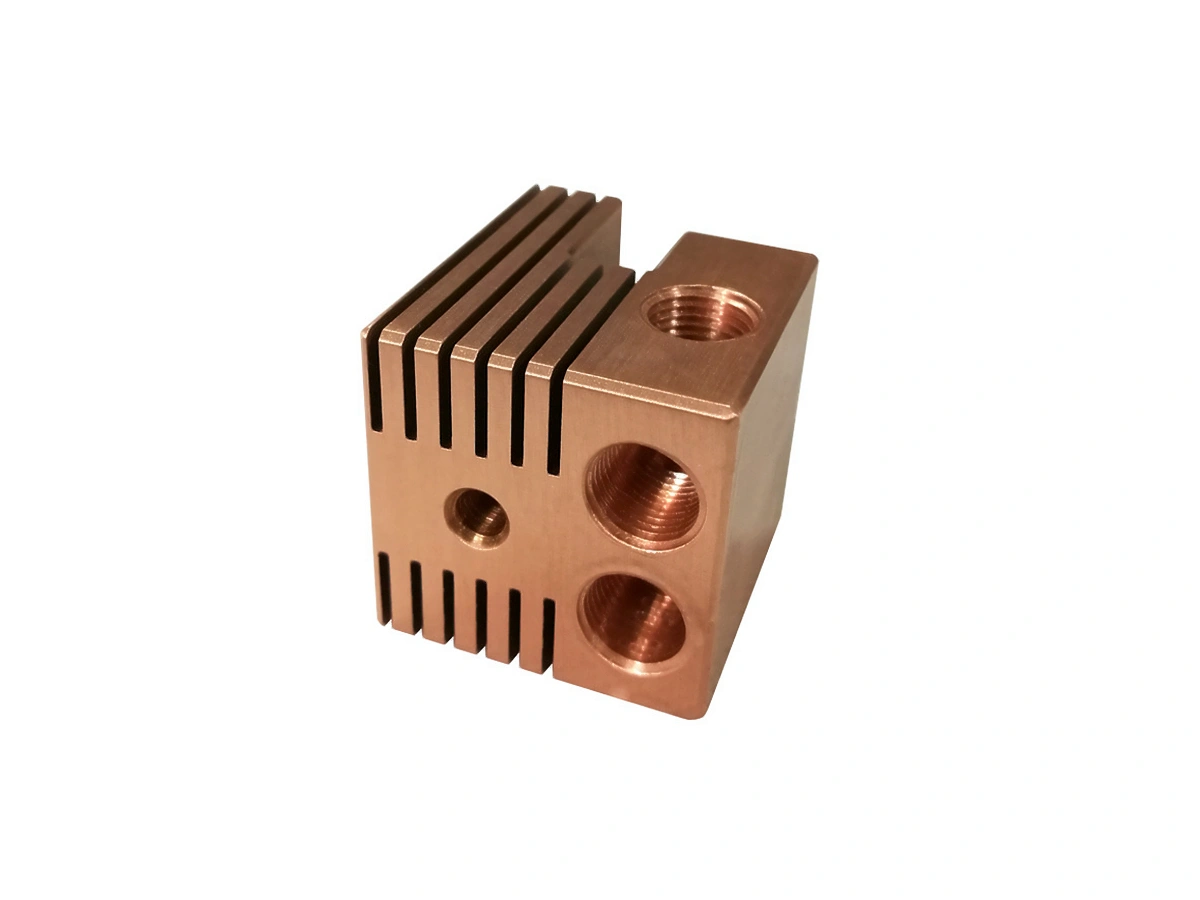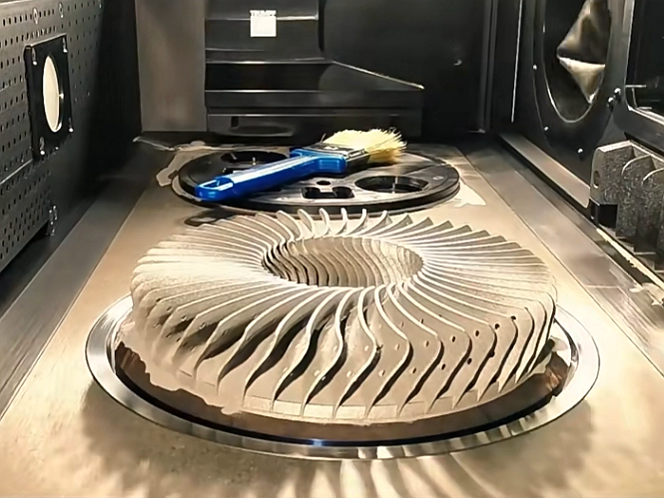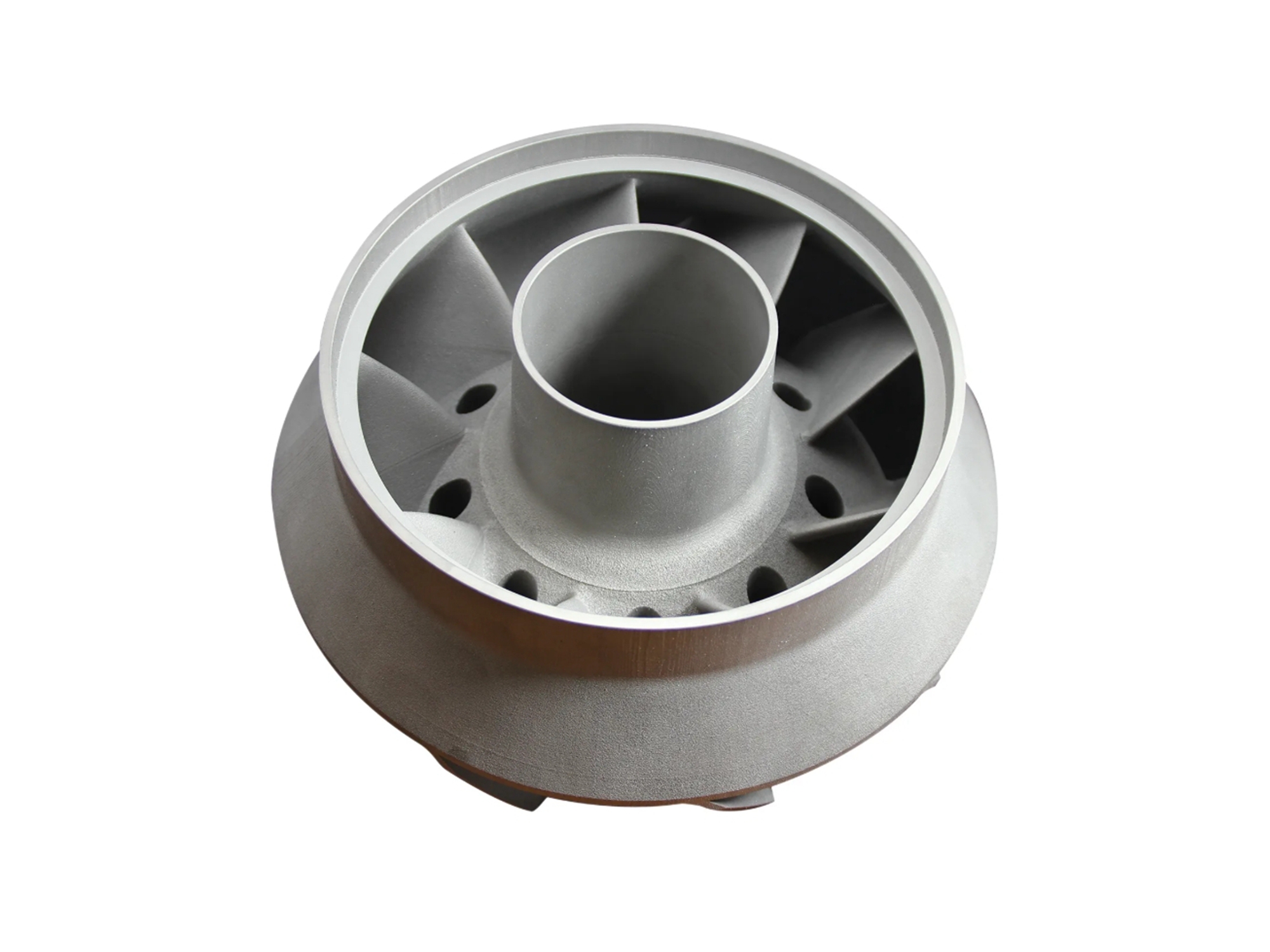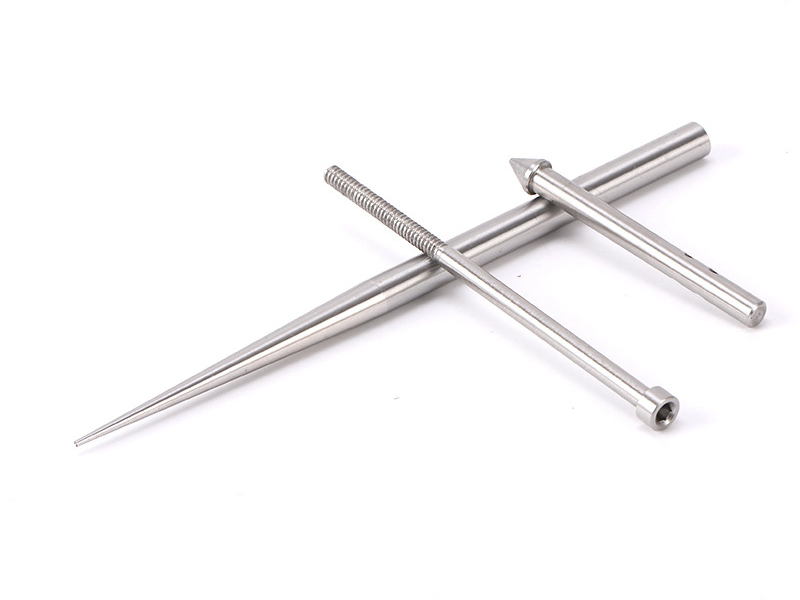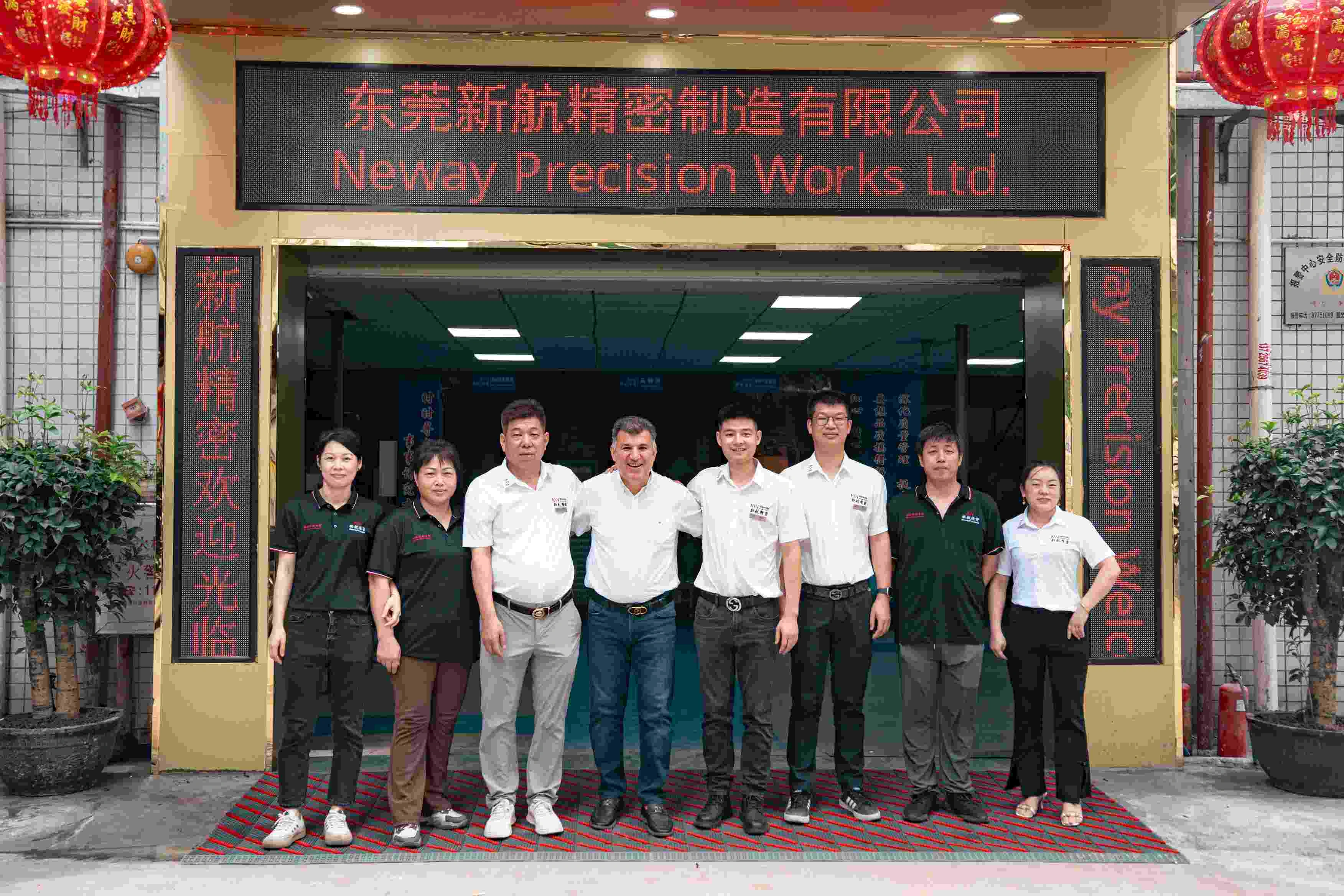Online Rapid CNC Machining Prototyping Service
Online Rapid CNC Machining Prototyping services offer fast, precise production of custom parts using 3,4,5 axis CNC machining. These services provide quick turnaround times, high accuracy, and cost-effective solutions for prototypes and low-volume production across various materials and industries.
- CNC Rapid Prototyping Service
- Low Volume CNC Machining Service
- CNC Machining Mass Production
- One Stop Machining Service
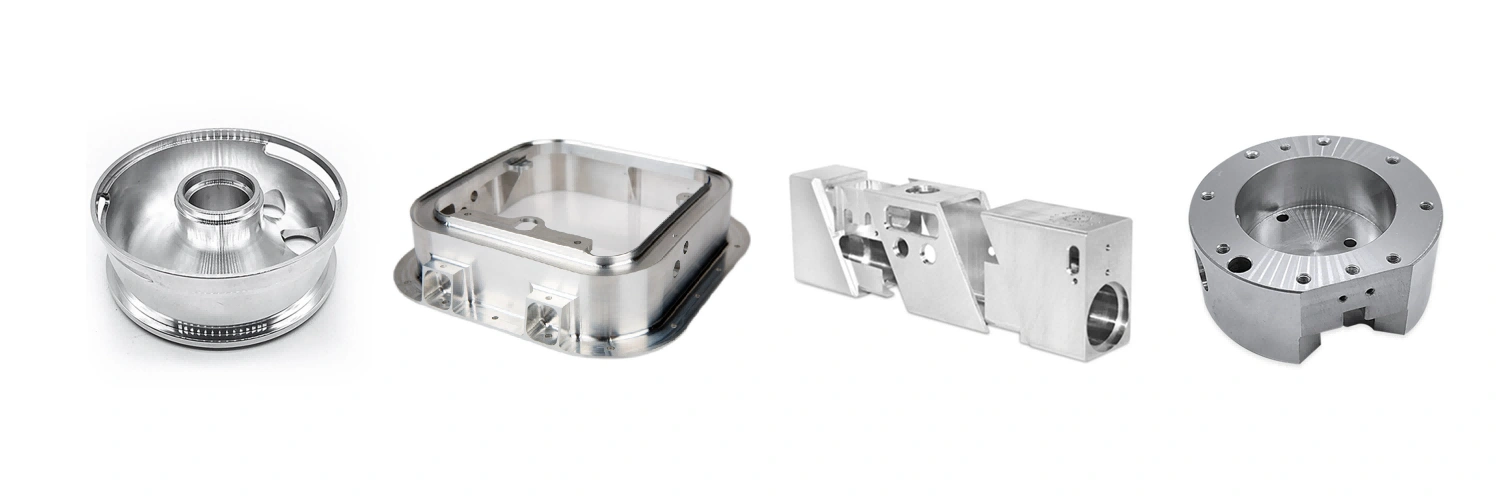
Send us your designs and specifications for a free quotation
All uploaded files are secure and confidential
Custom Parts CNC Machining Service
Our CNC prototyping methods include precision milling, turning, and drilling, utilizing advanced machinery for high-quality, custom parts. These methods ensure rapid turnaround, tight tolerances, and versatility across materials, supporting prototypes, functional testing, and low-volume production across industries.
CNC Prototyping Materials At Neway
At Neway, we offer CNC prototyping using a wide range of materials, including superalloys, titanium, aluminum, copper, stainless steel, and plastics. These materials provide excellent strength, precision, and durability, suitable for industries like aerospace, automotive, and manufacturing.
Surface Treatment for CNC Prototyping Parts
Neway provides various surface treatments for CNC prototyping parts, including anodizing, coating, polishing, and heat treatment. These processes enhance durability, corrosion resistance, and aesthetics, ensuring high-quality, long-lasting components for industries such as aerospace, automotive, and medical.
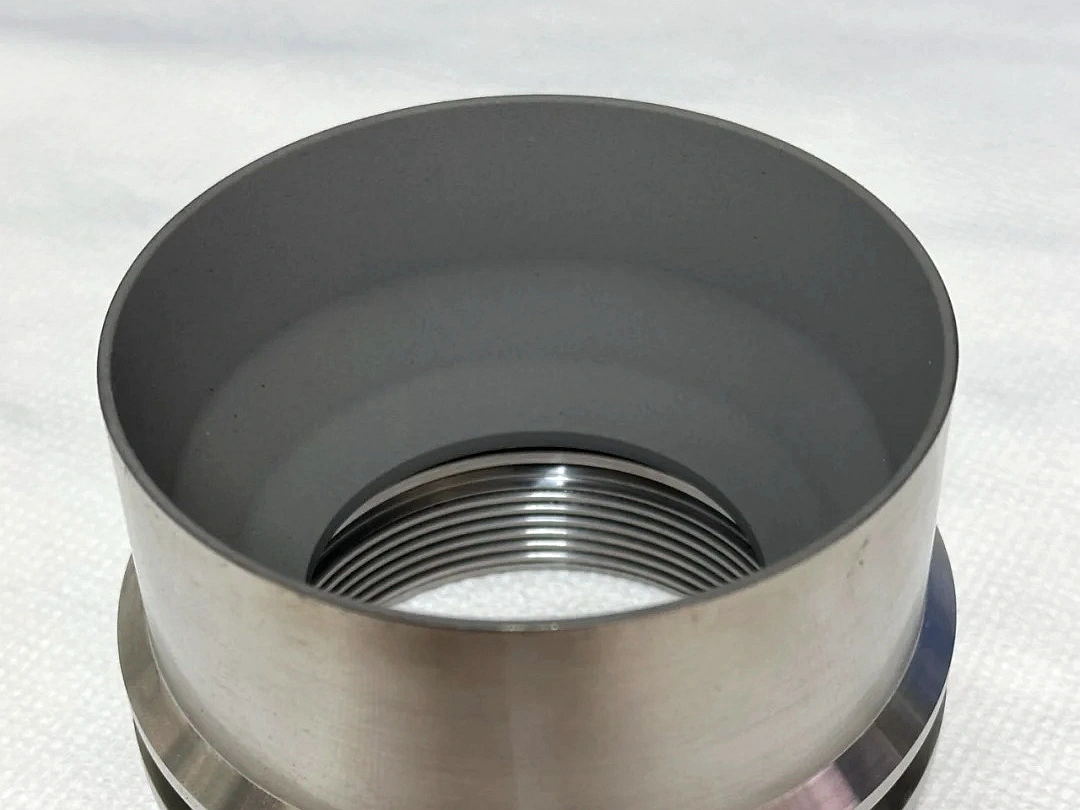
Learn More
Thermal Coating
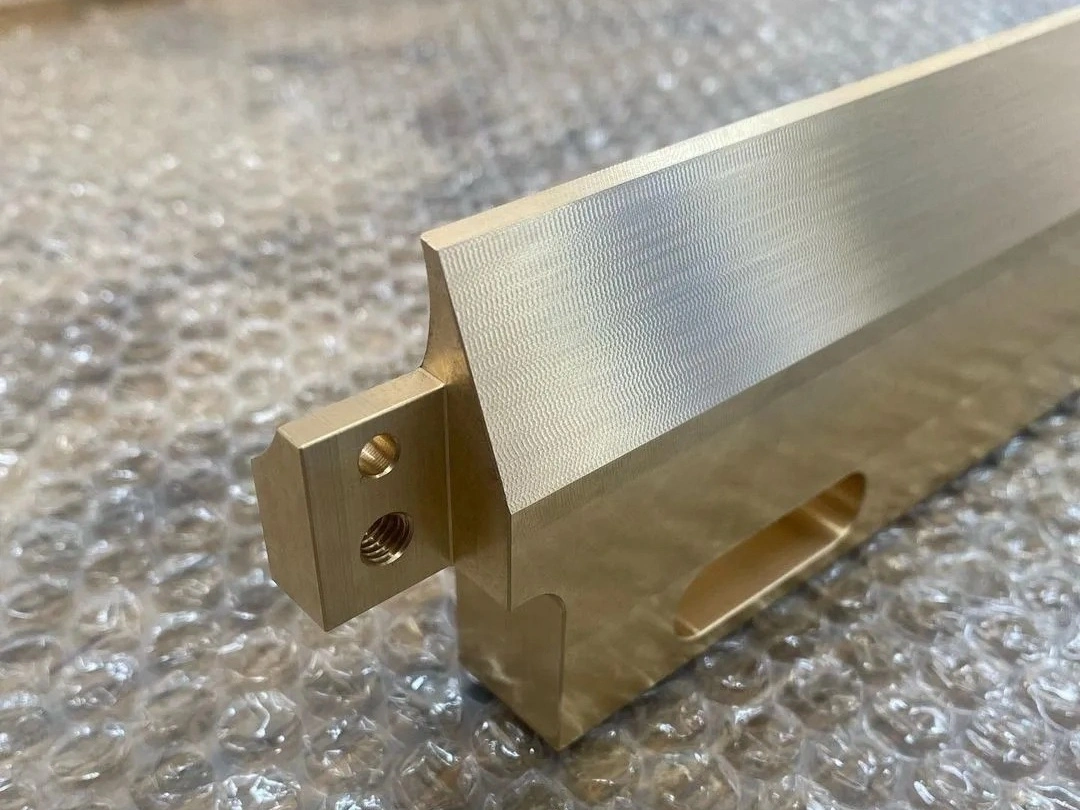
Learn More
As Machined
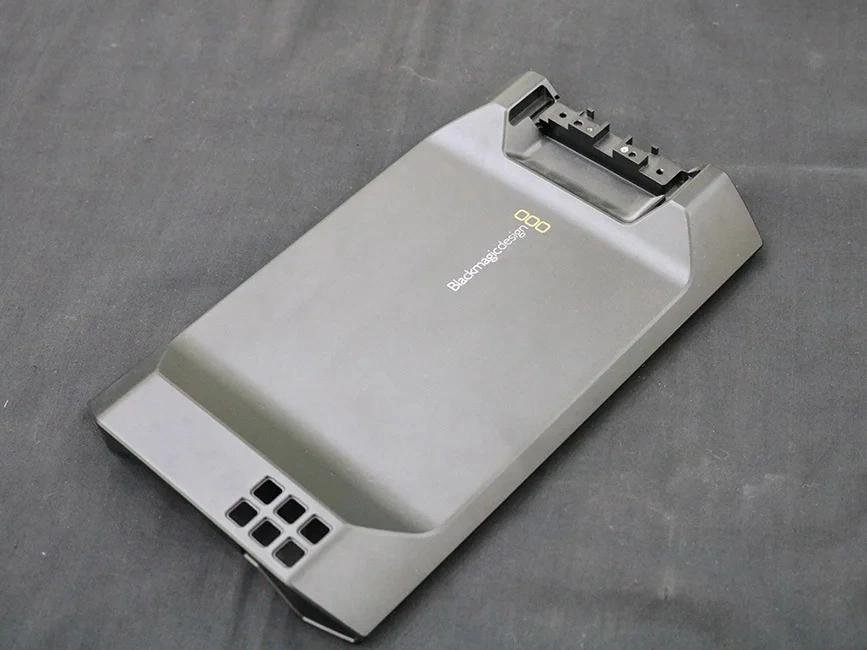
Learn More
Painting
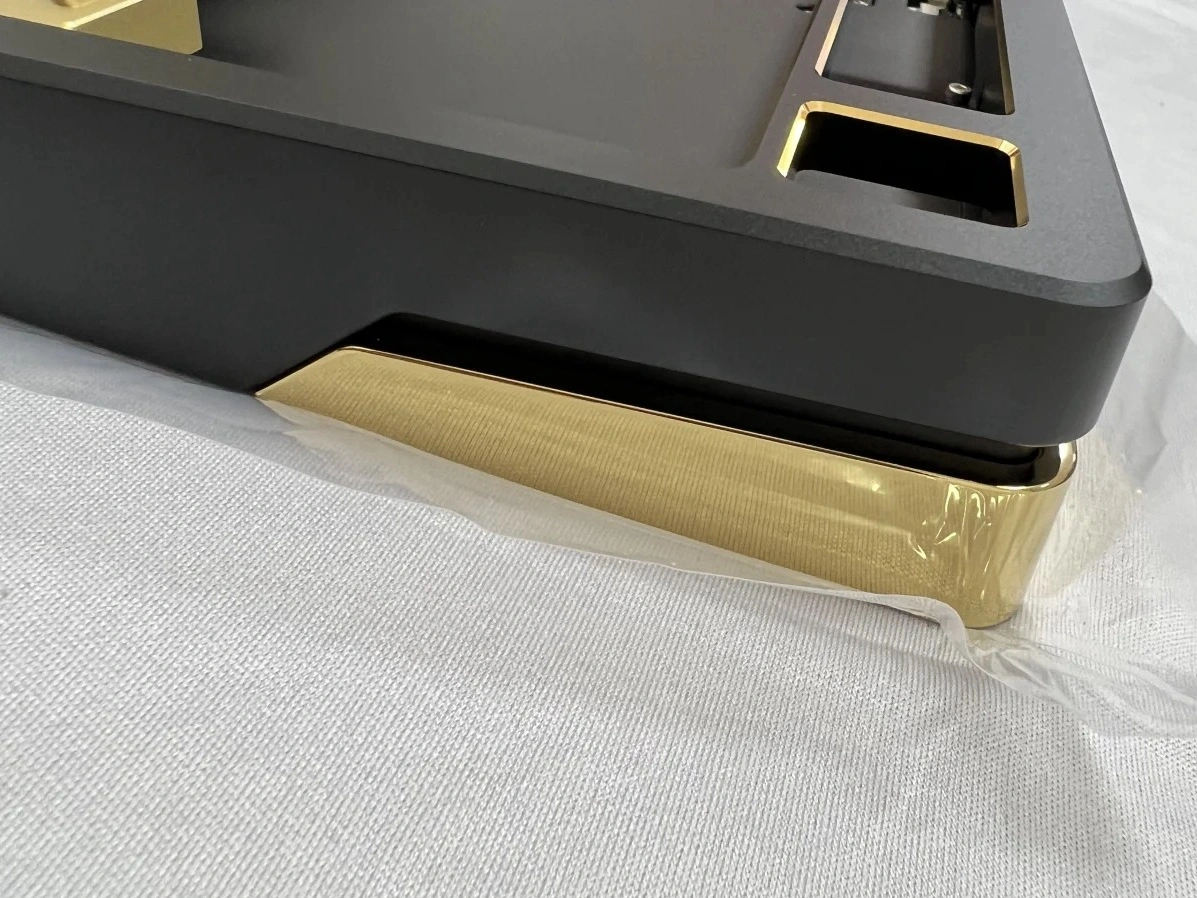
Learn More
PVD (Physical Vapor Deposition)
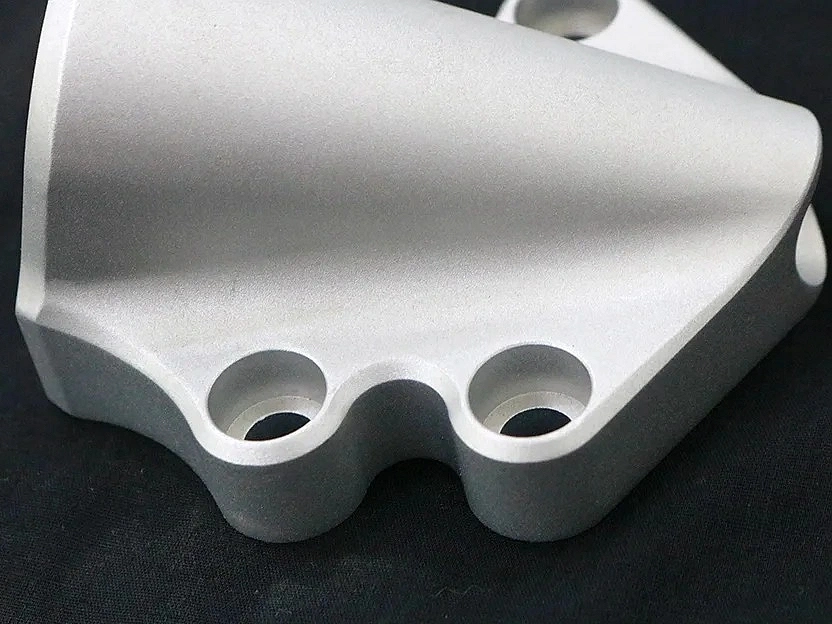
Learn More
Sandblasting
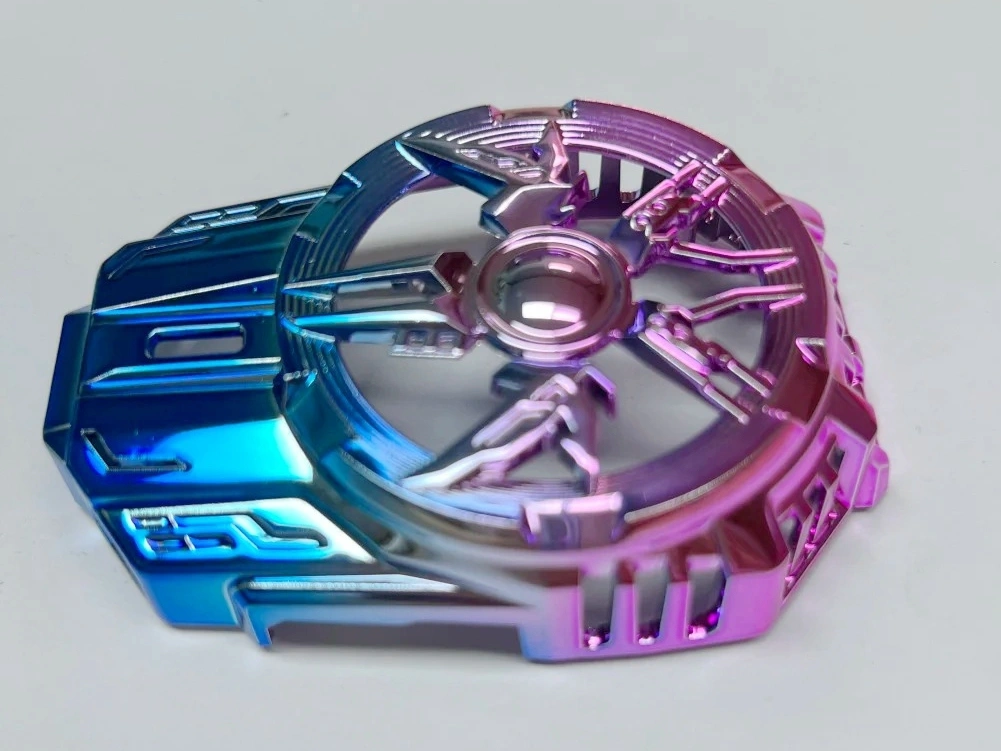
Learn More
Electroplating
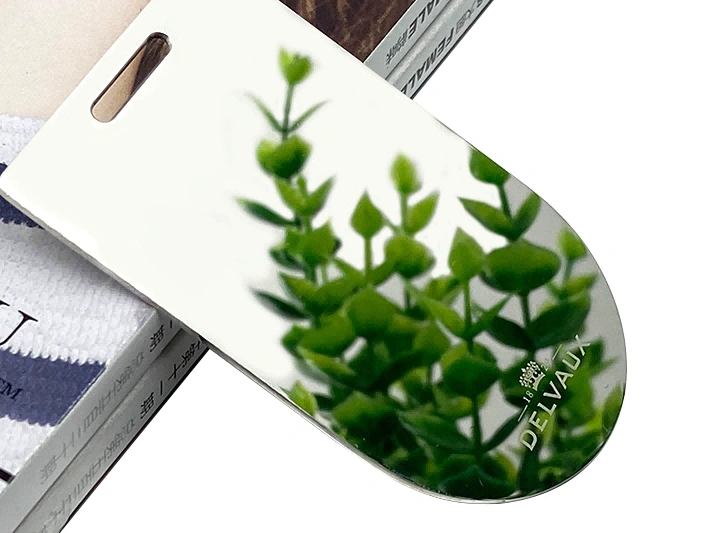
Learn More
Polishing
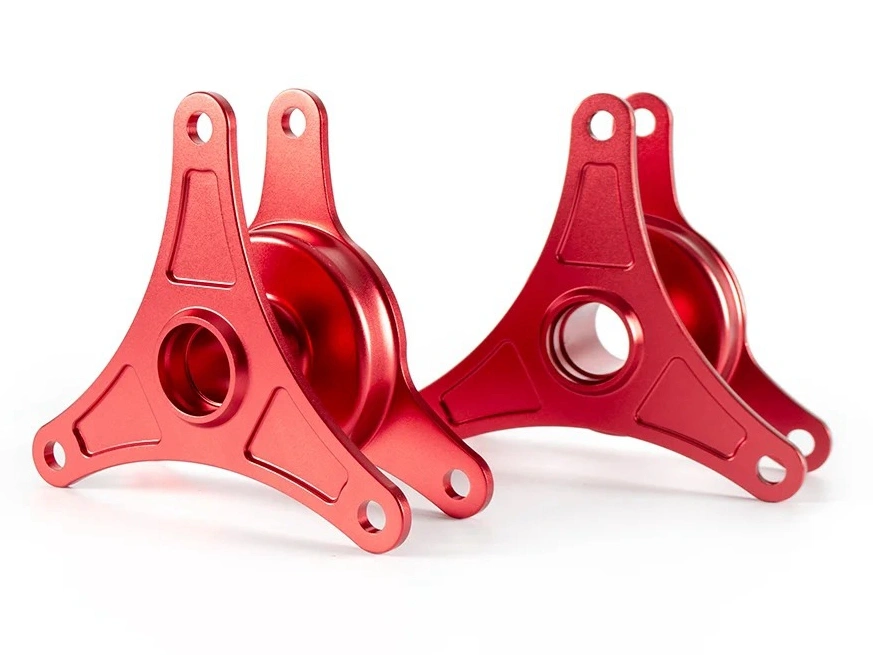
Learn More
Anodizing
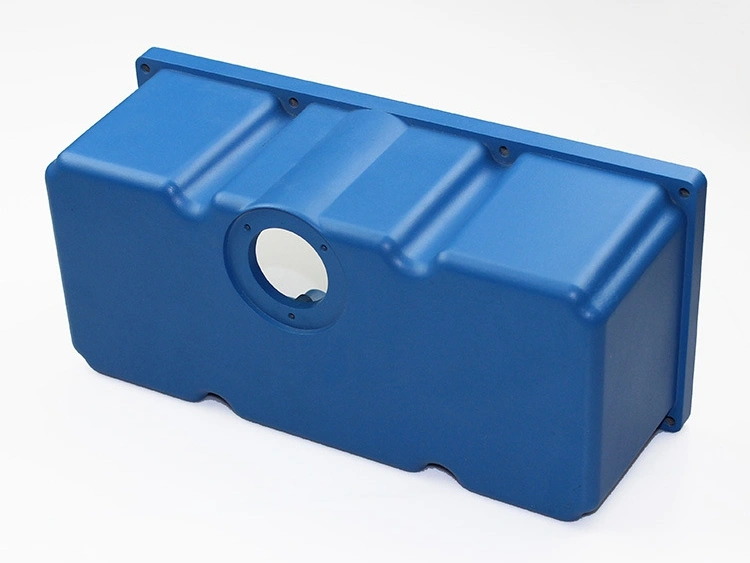
Learn More
Powder Coating
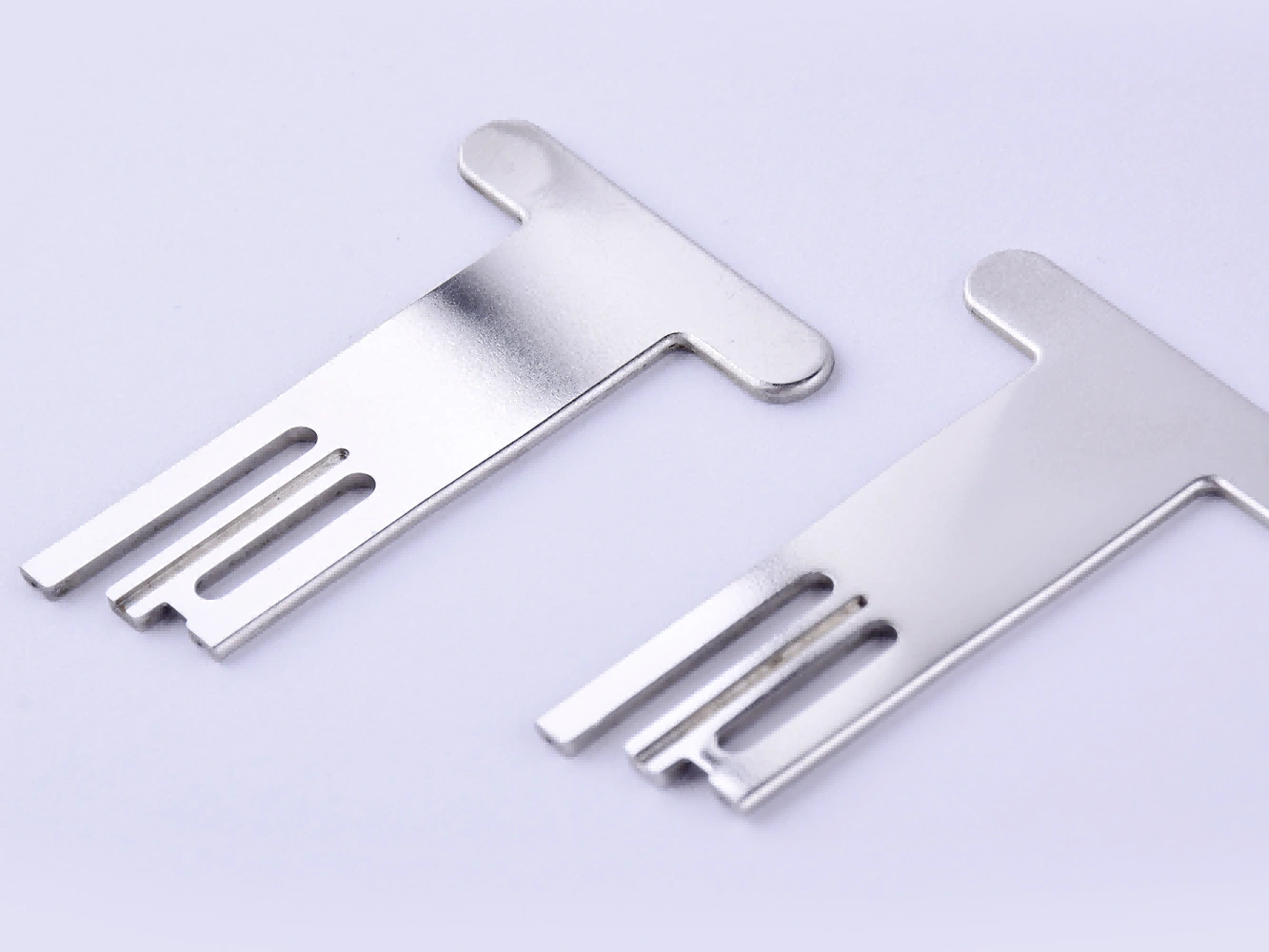
Learn More
Electropolishing
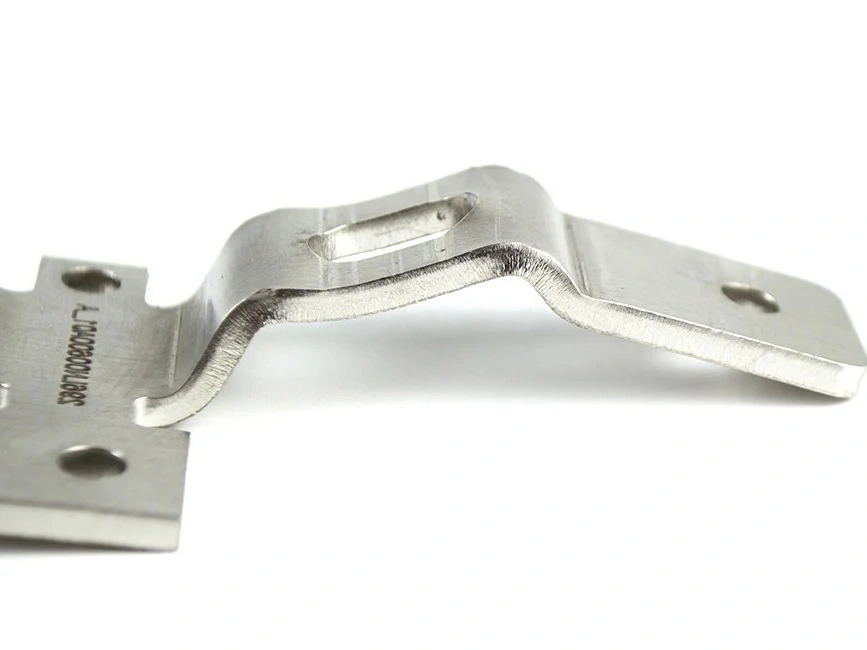
Learn More
Passivation
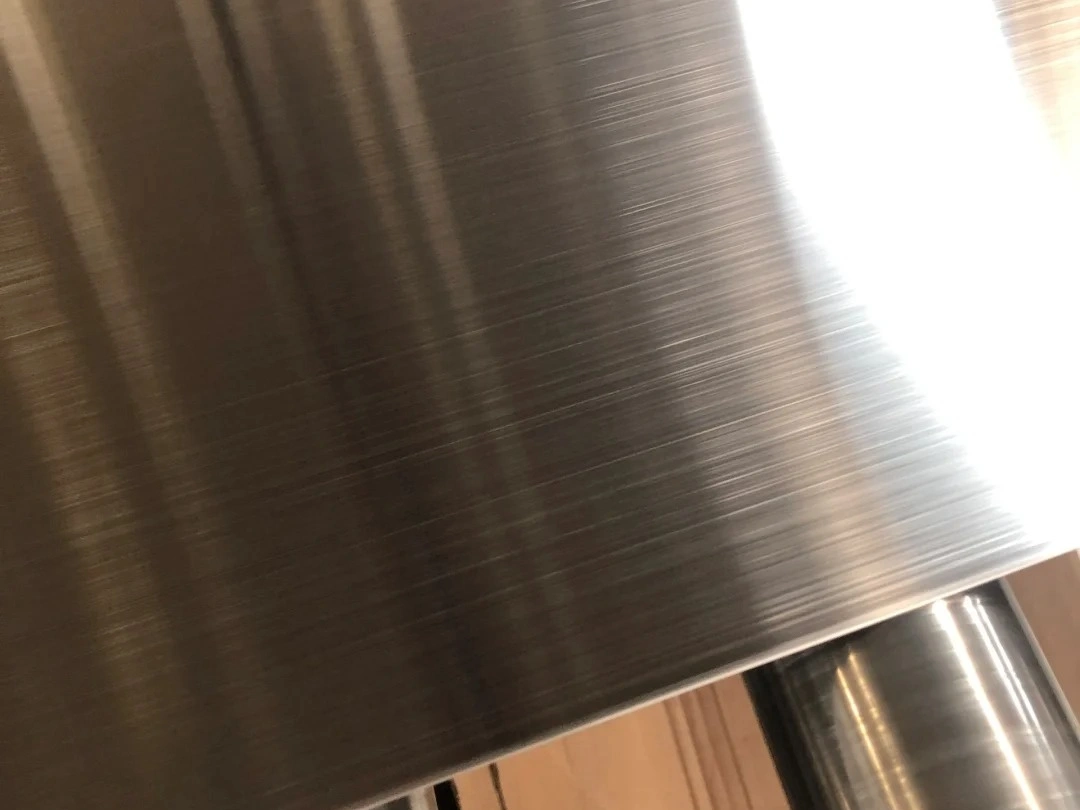
Learn More
Brushing
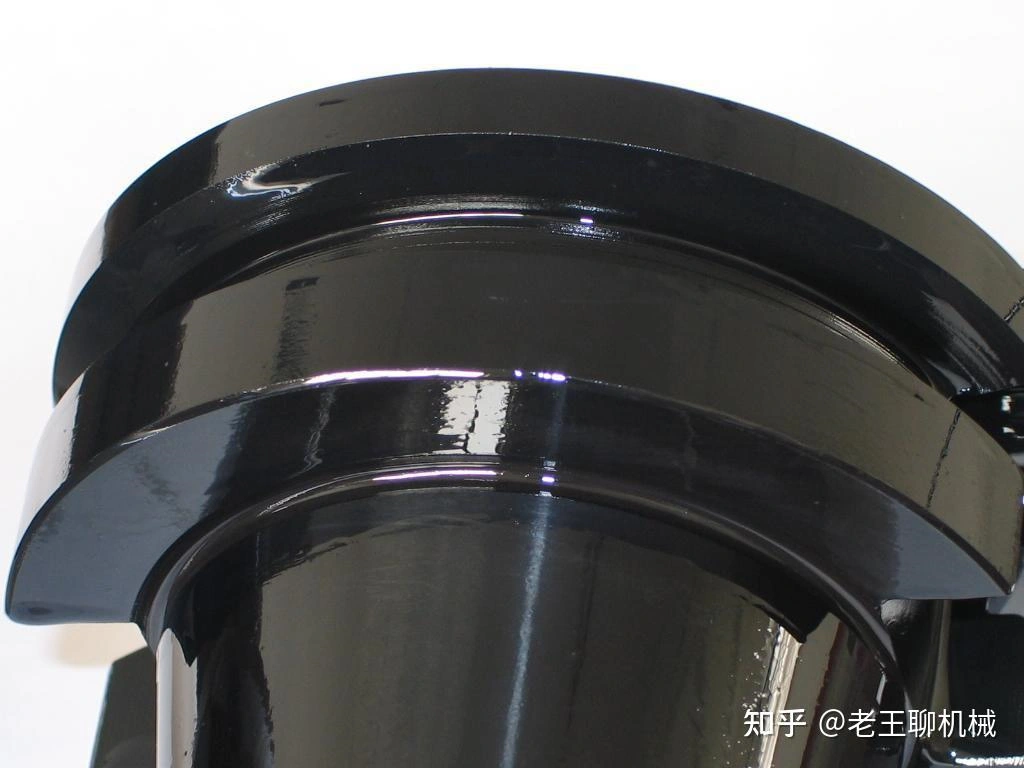
Learn More
Black Oxide
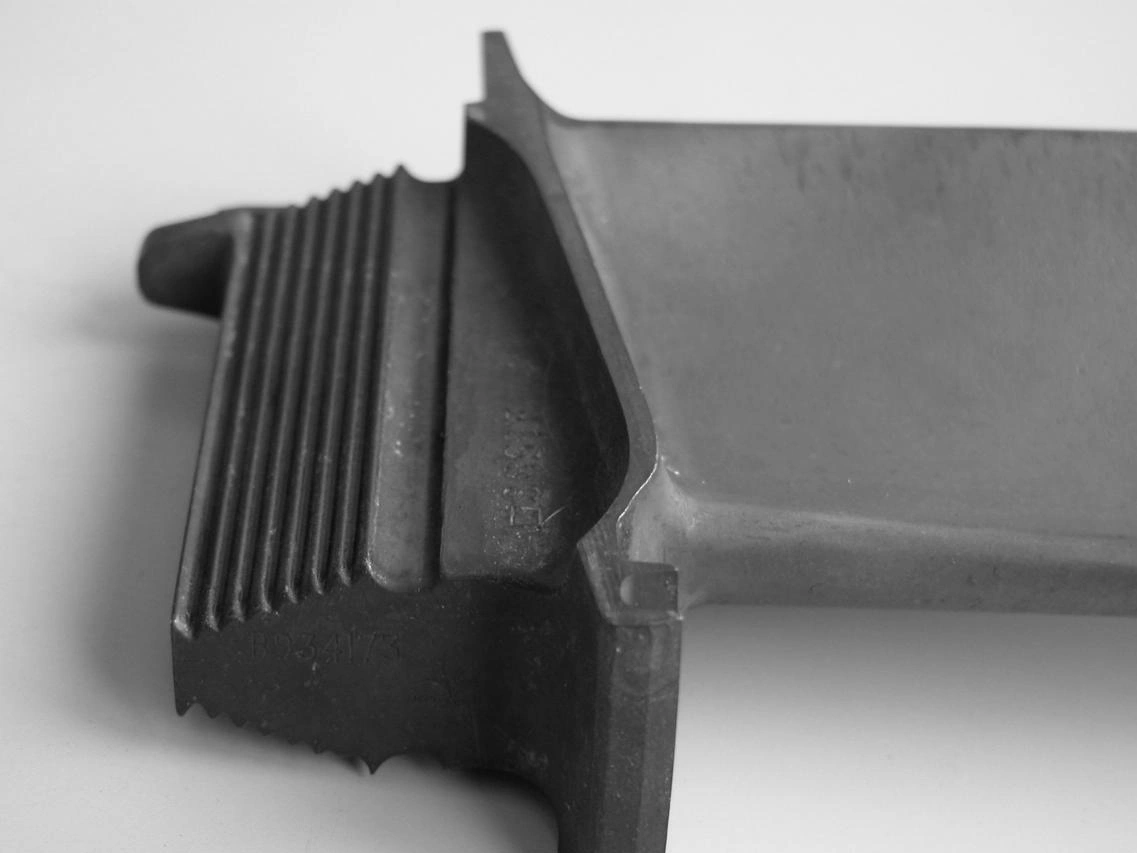
Learn More
Heat Treatment
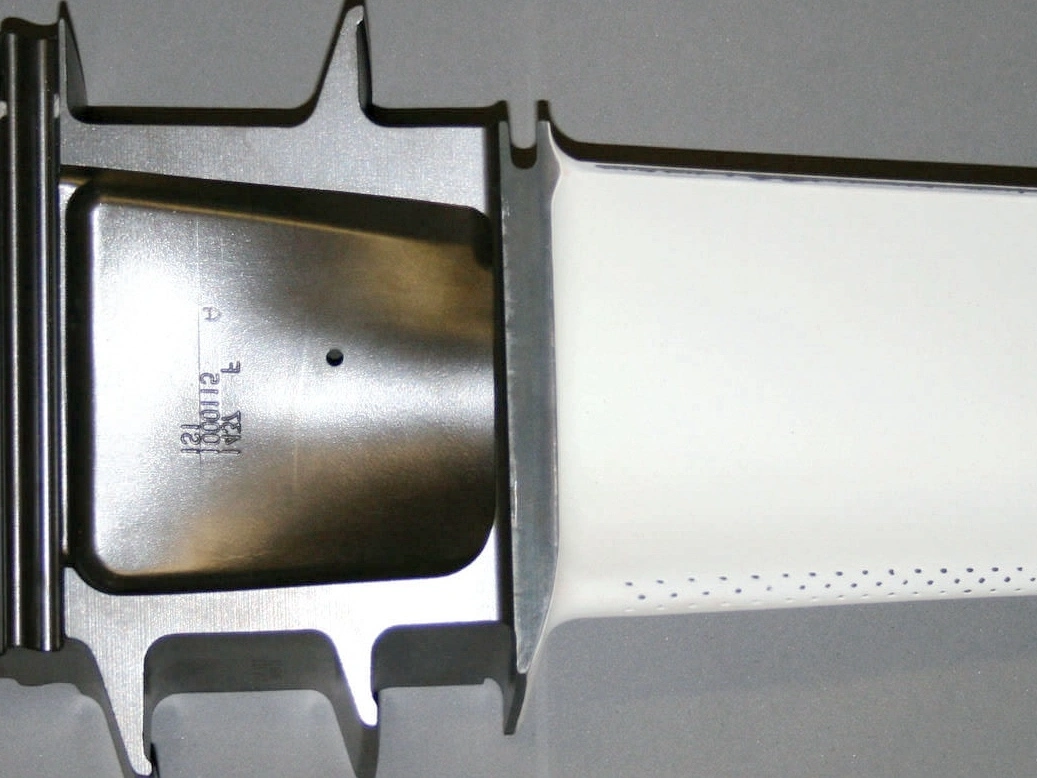
Learn More
Thermal Barrier Coating (TBC)
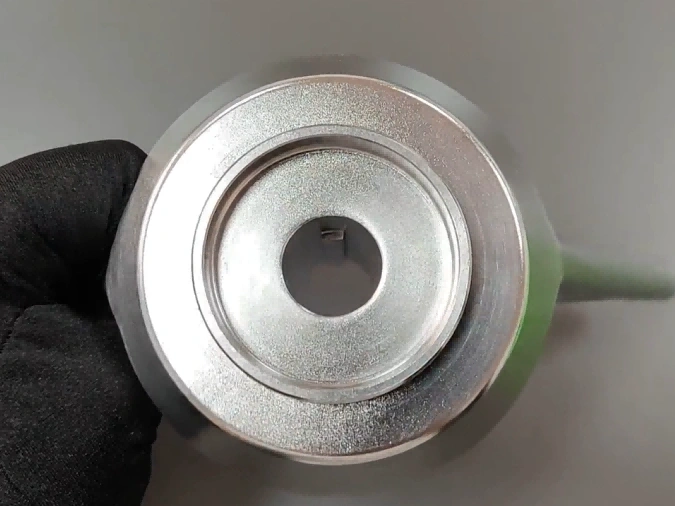
Learn More
Tumbling
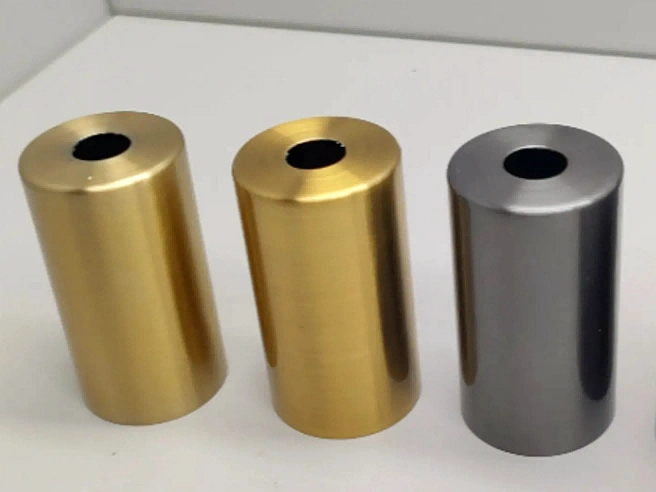
Learn More
Alodine
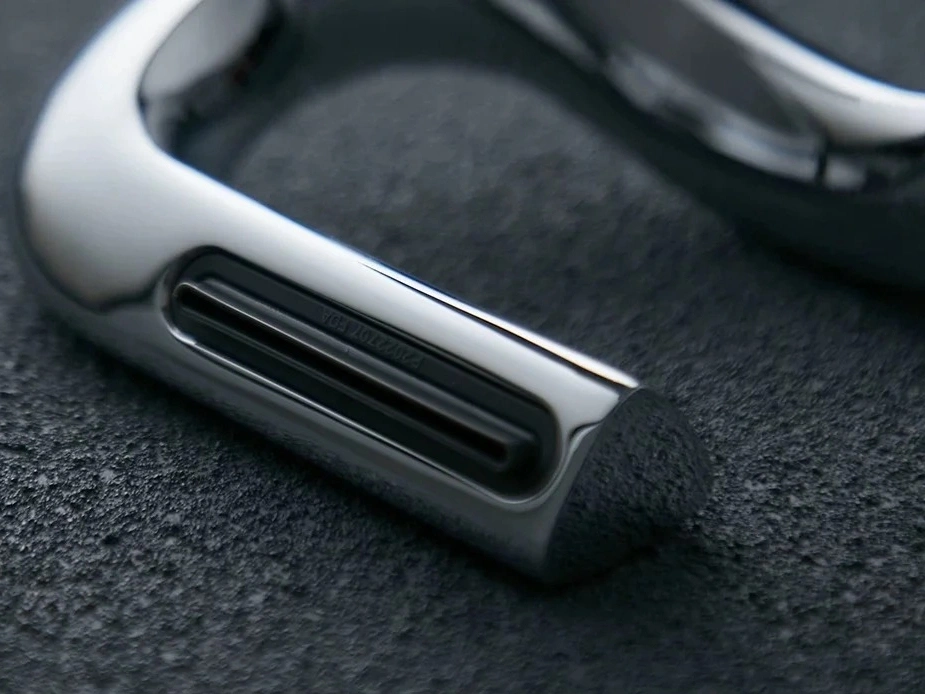
Learn More
Chrome Plating
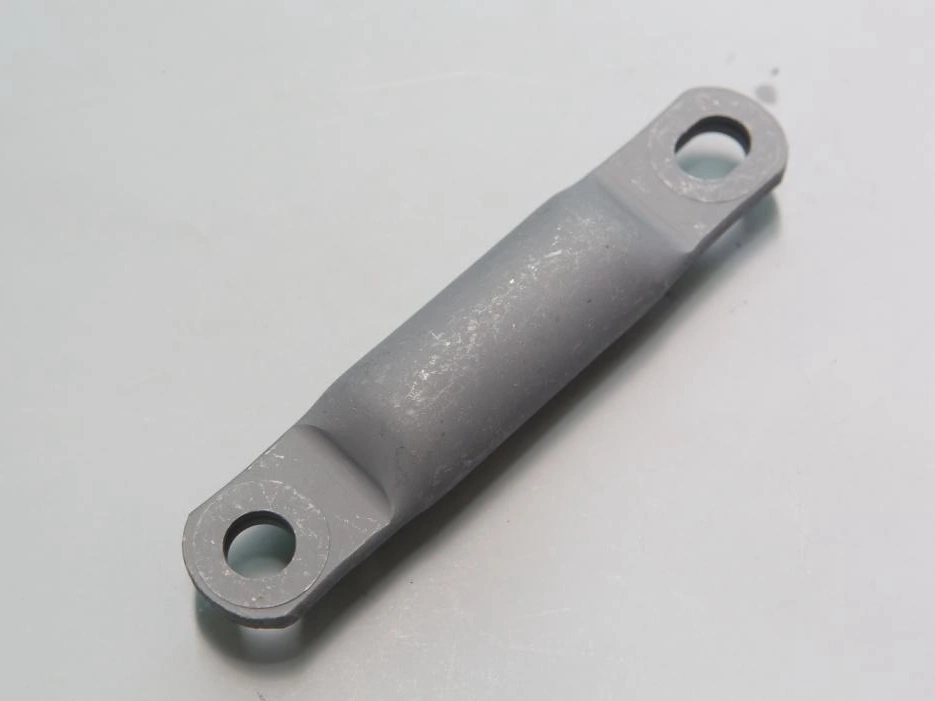
Learn More
Phosphating
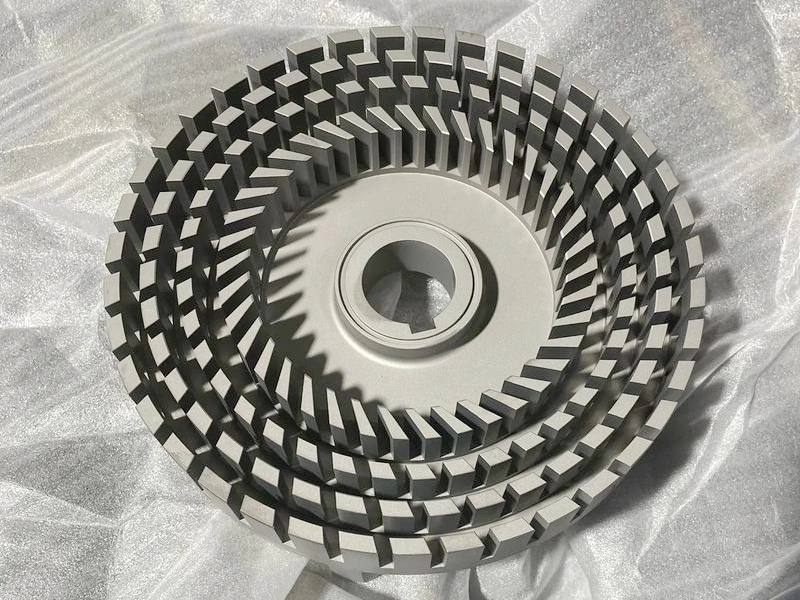
Learn More
Nitriding
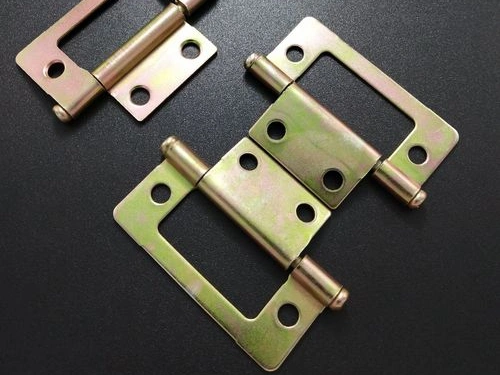
Learn More
Galvanizing
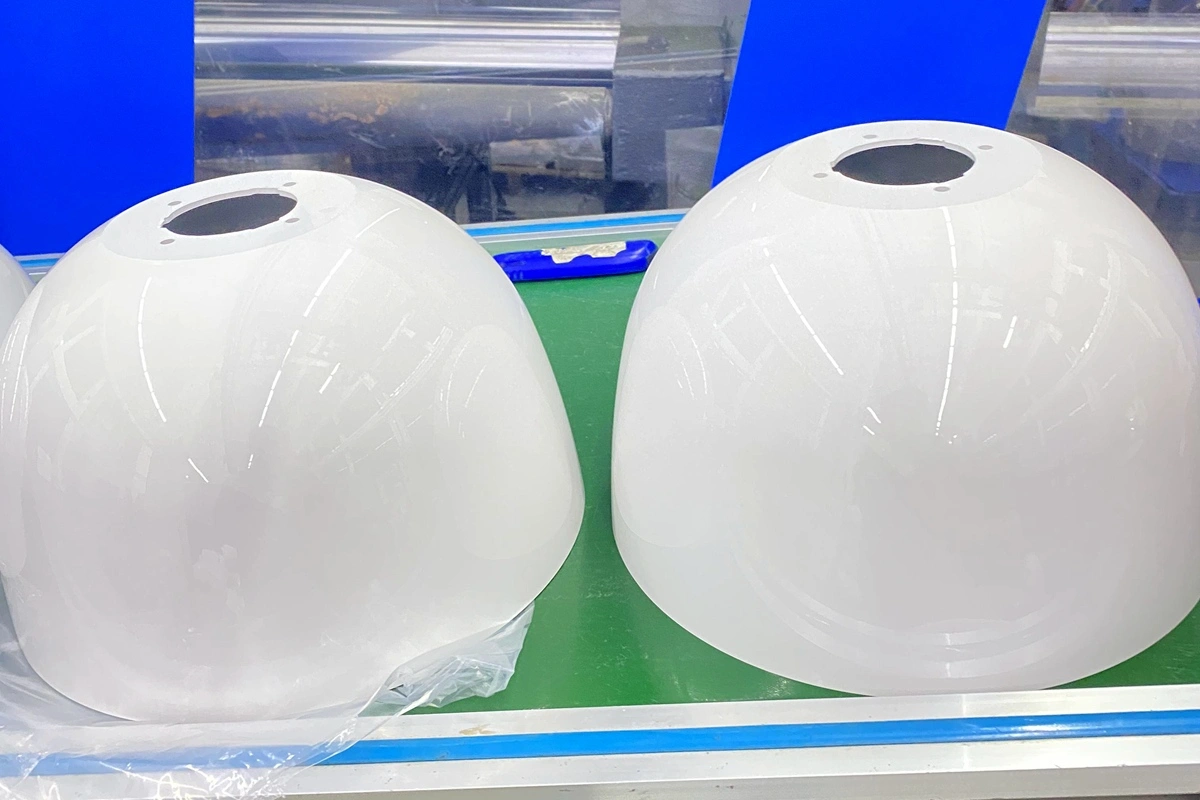
Learn More
UV Coating
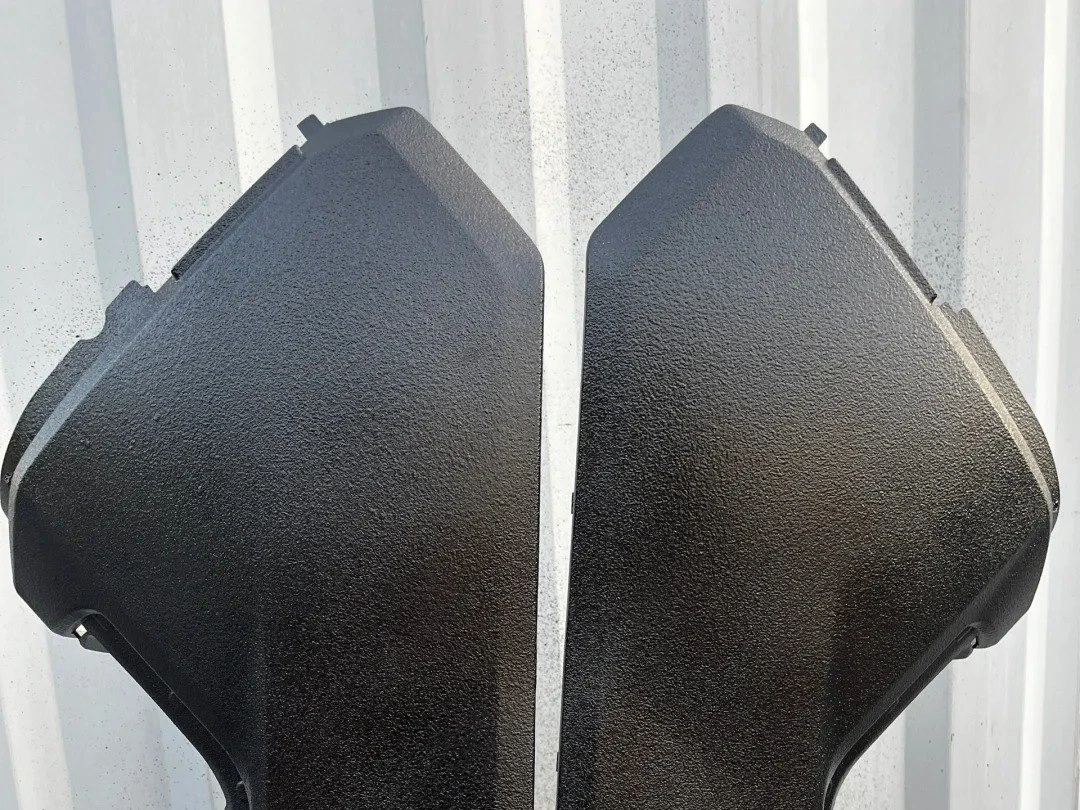
Learn More
Lacquer Coating
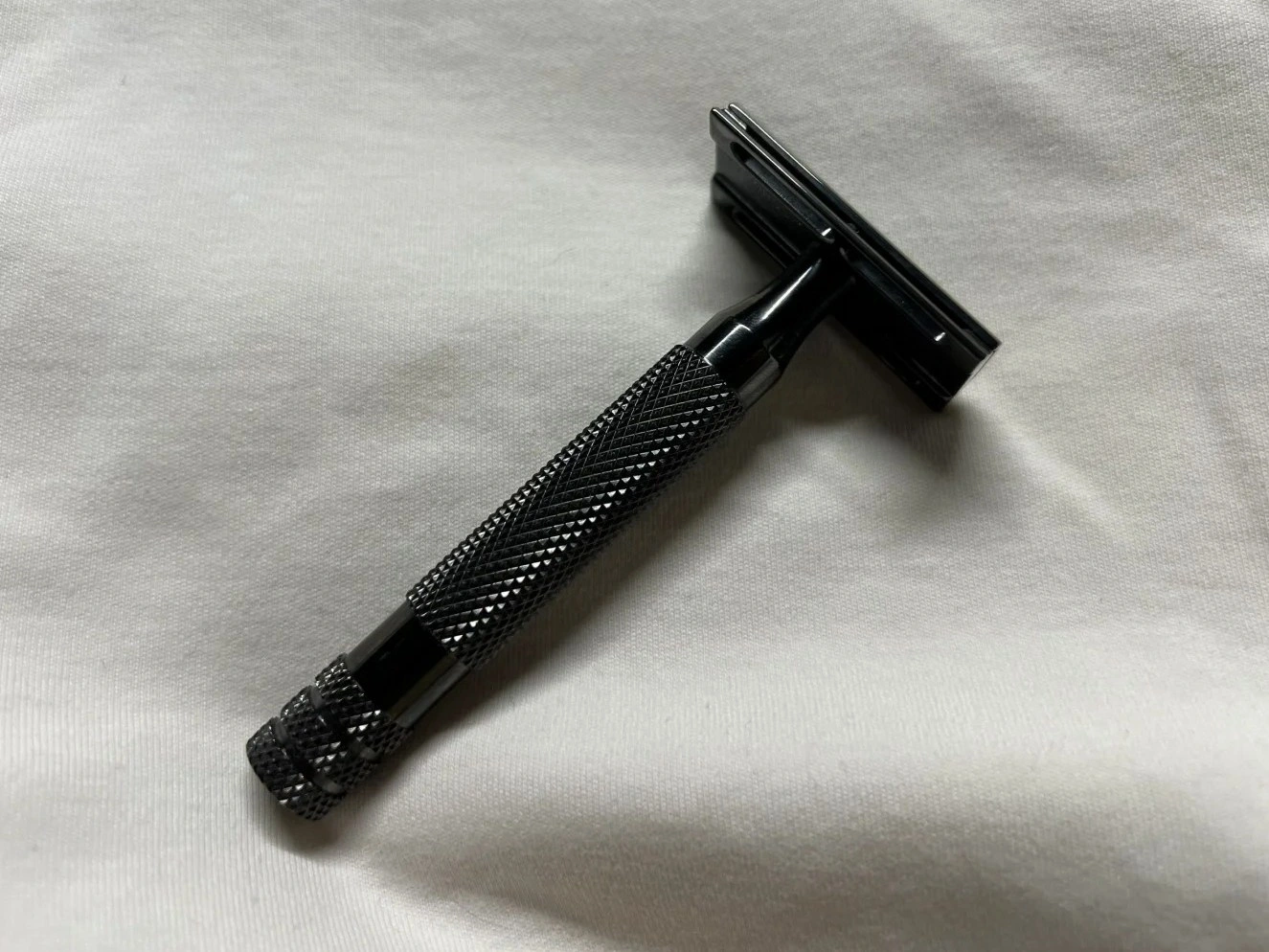
Learn More
Teflon Coating
Custom Rapid CNC Prototyping Case Study
This case study highlights Neway's custom rapid CNC prototyping services, showcasing our ability to deliver high-precision parts quickly for diverse industries. We optimized design, reduced lead times, and ensured high quality, helping clients achieve faster time-to-market and cost savings.
Let's Start A New Project Today
CNC Prototypes Design Guidelines
CNC prototype design guidelines emphasize material selection, uniform wall thickness, achievable tolerances, and accessible features. Key principles include avoiding sharp corners, minimizing material removal, and ensuring proper hole design and symmetry to optimize machining efficiency, cost, and part quality.
Frequently Asked Questions
Explore Related Resources
Solutions
Copyright © 2025 Machining Precision Works Ltd.All Rights Reserved.
